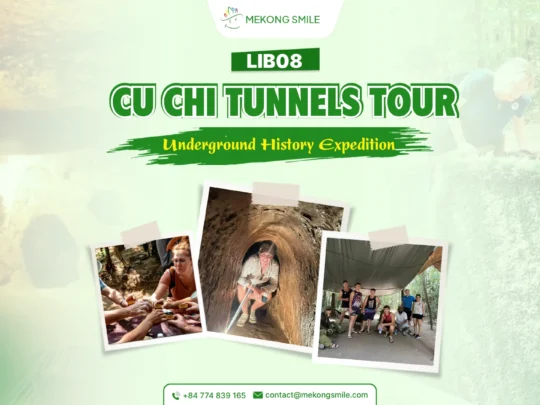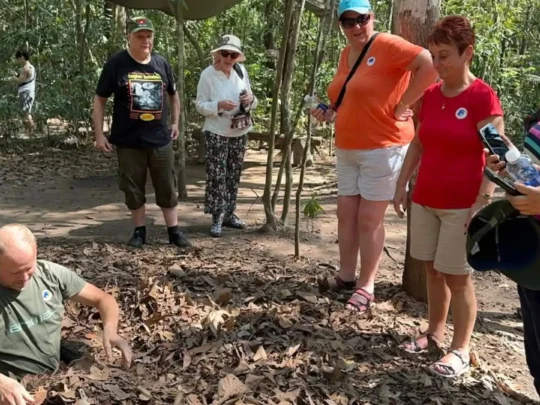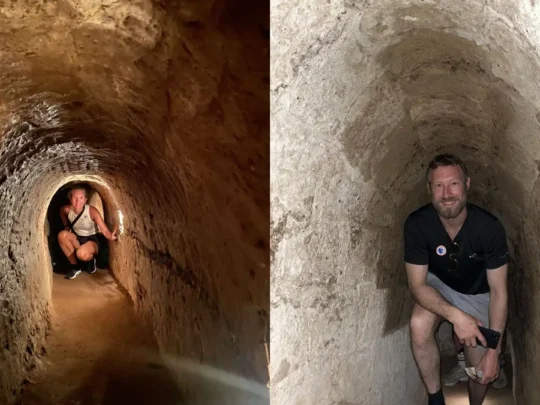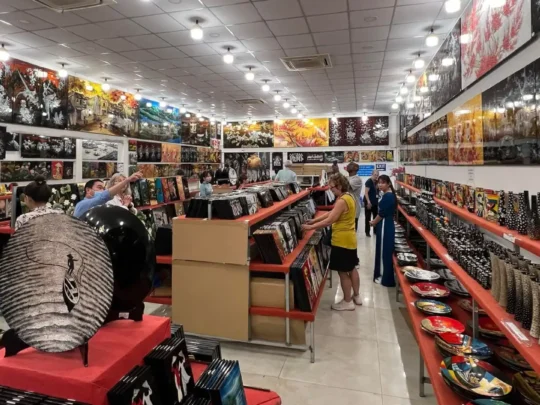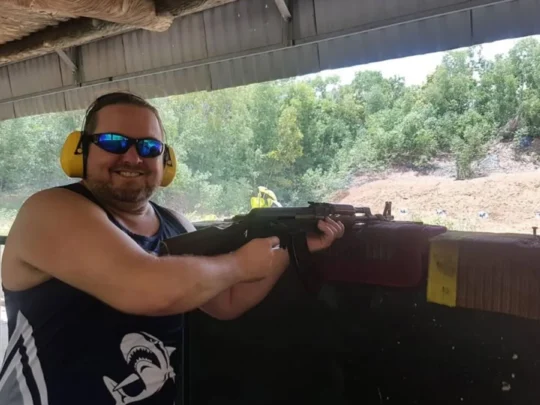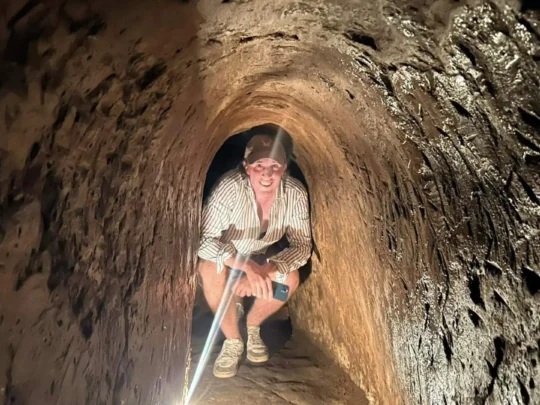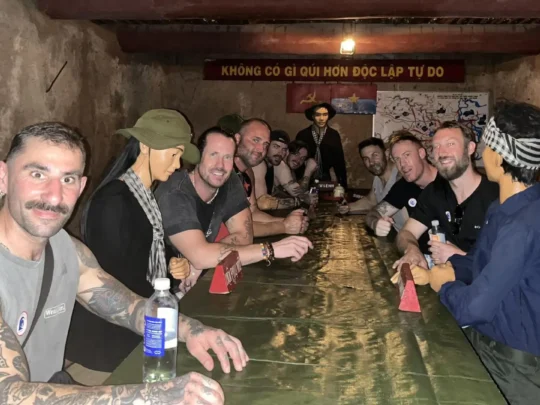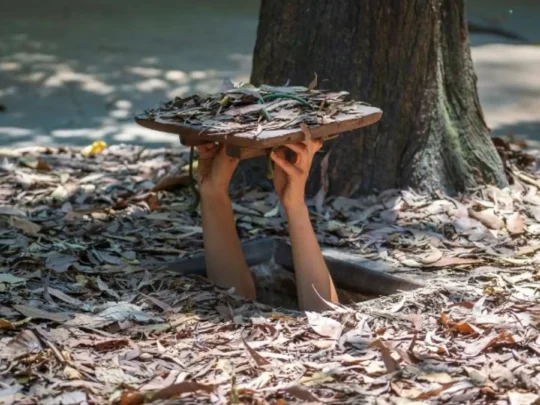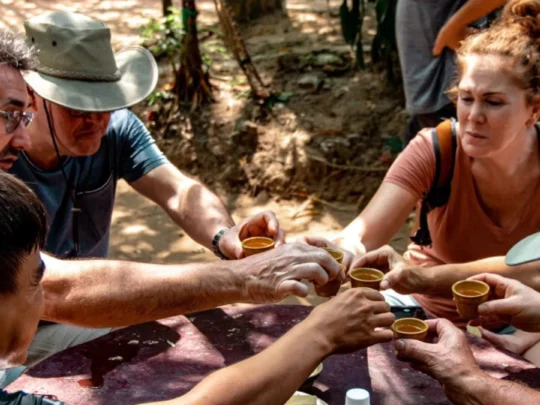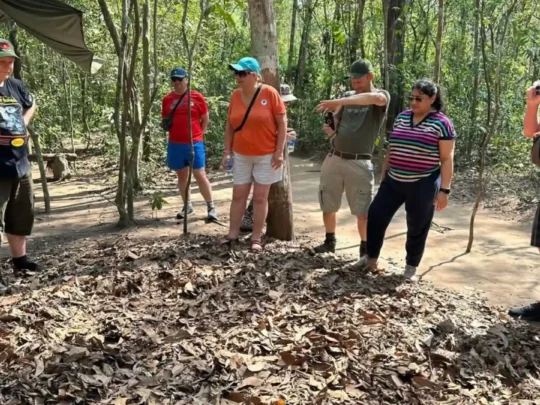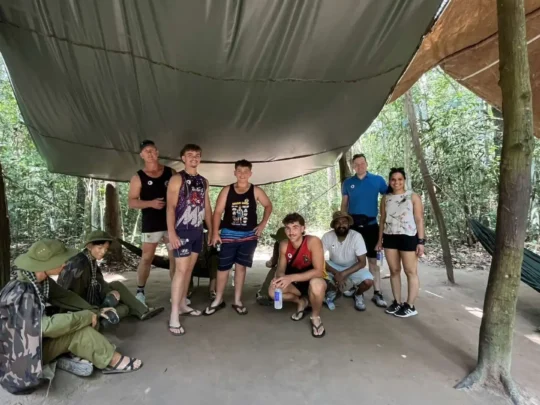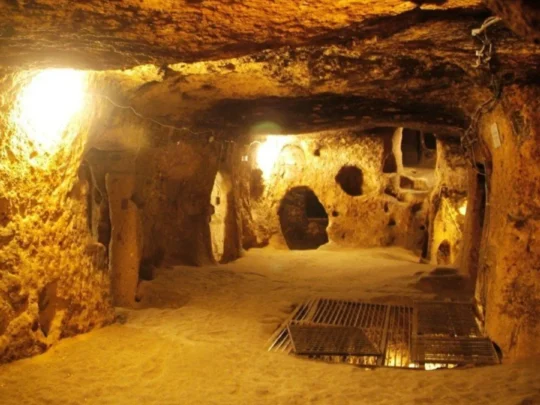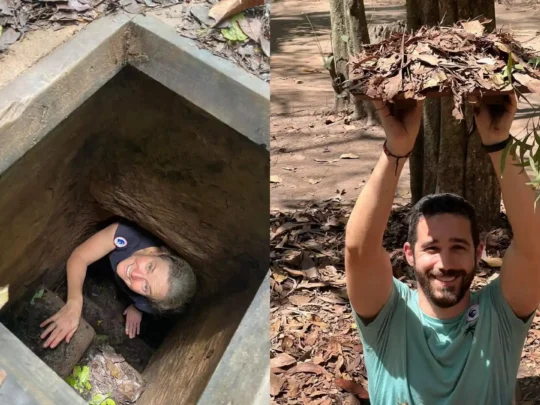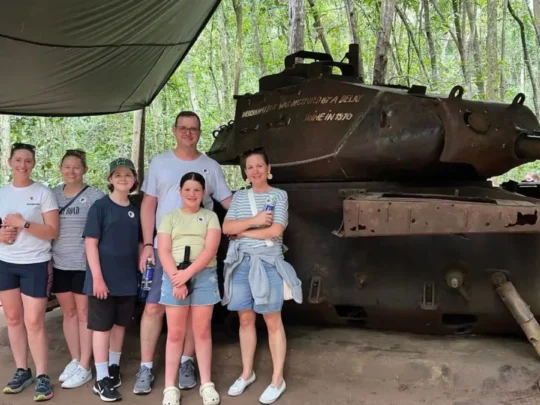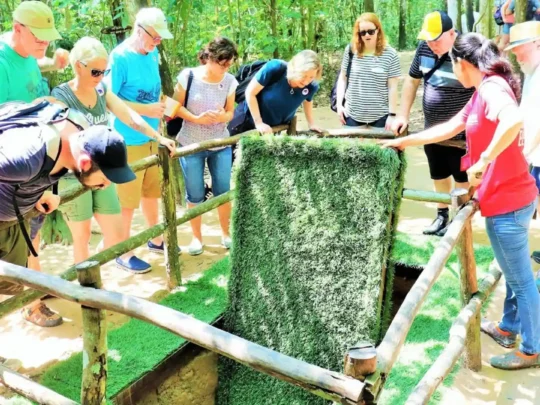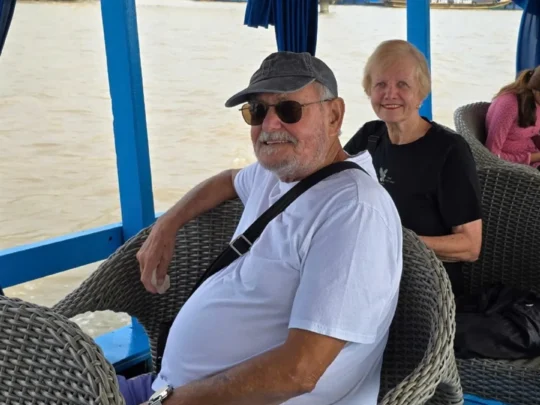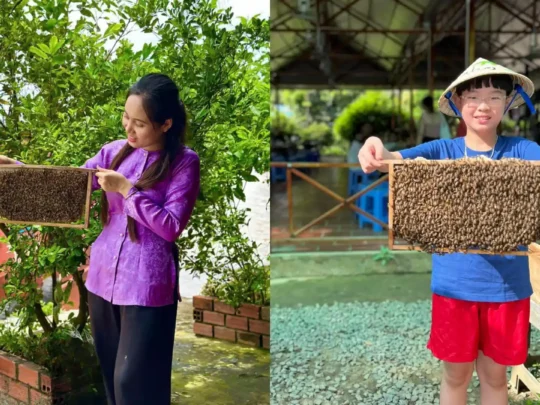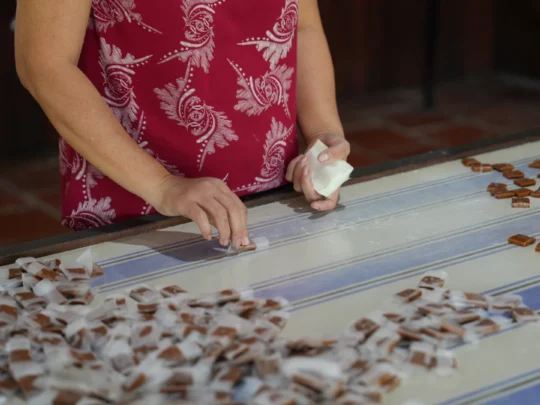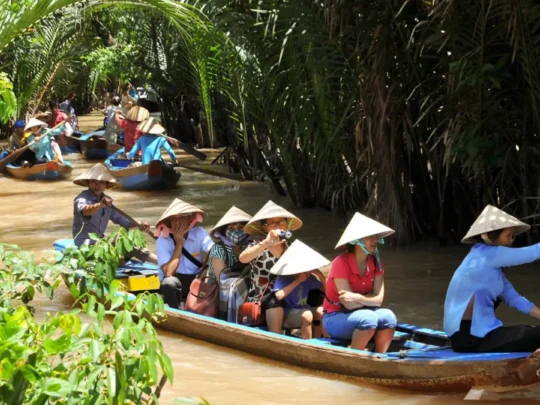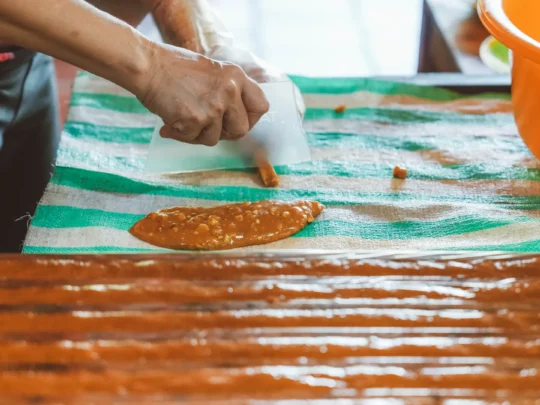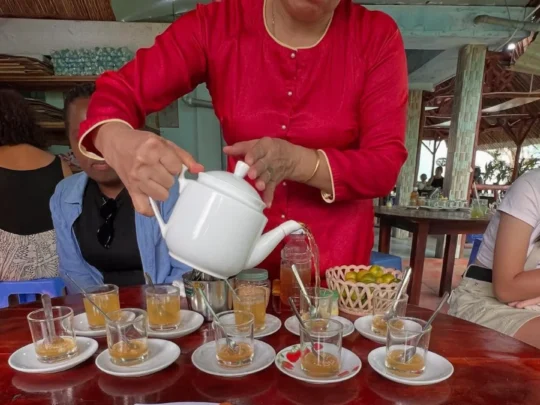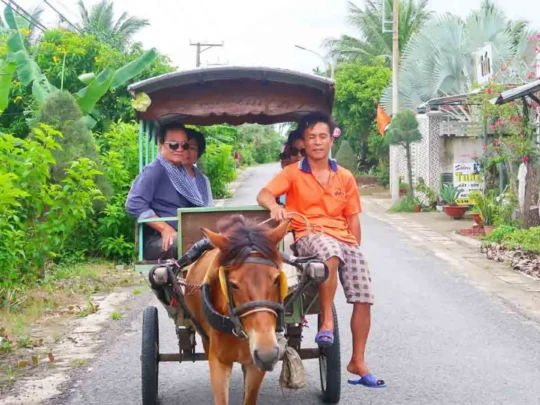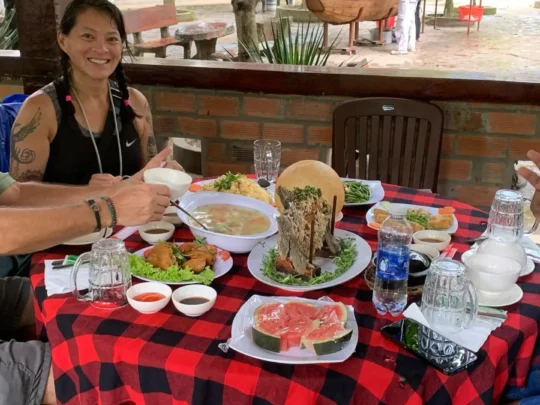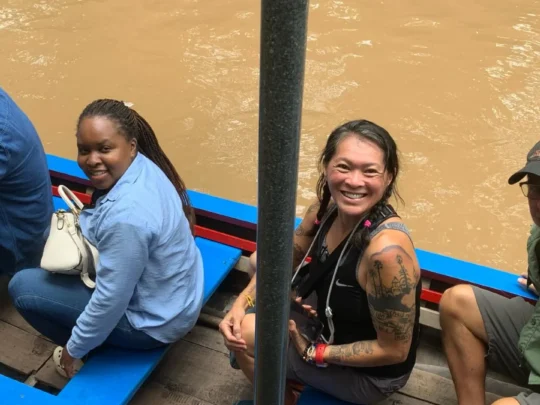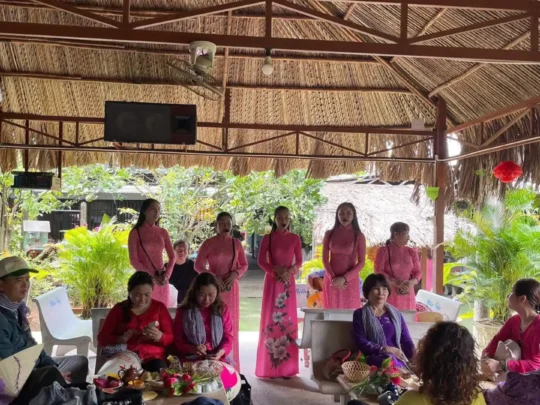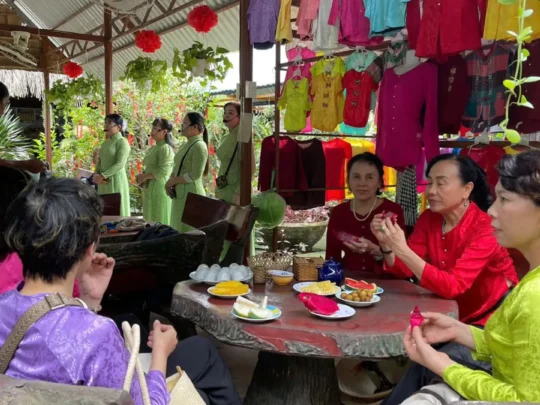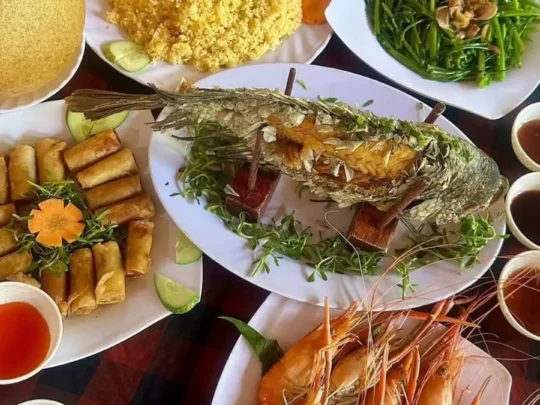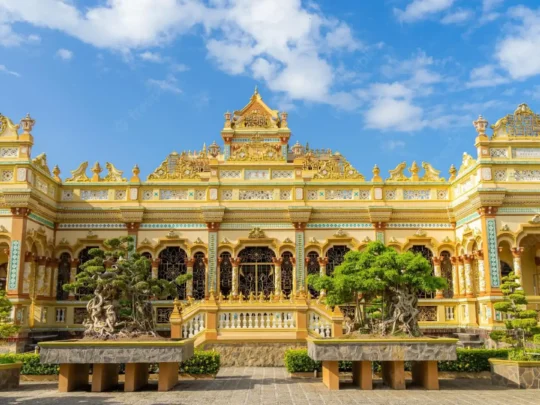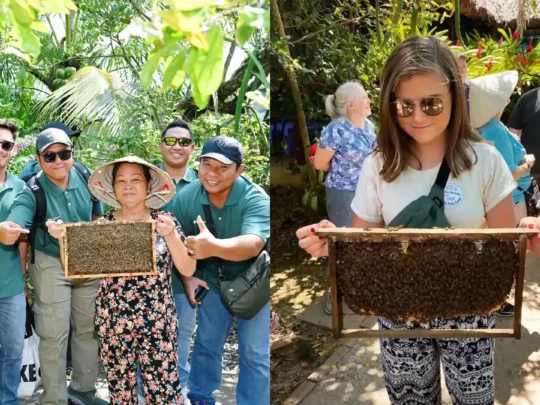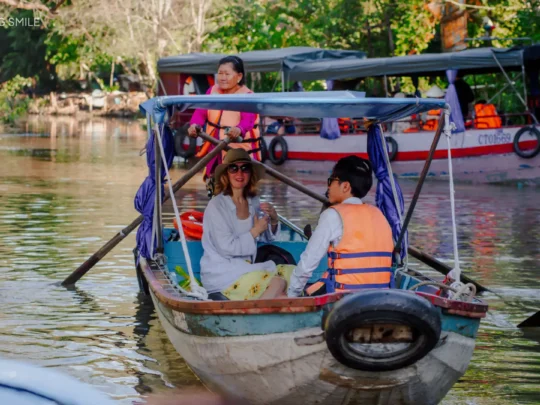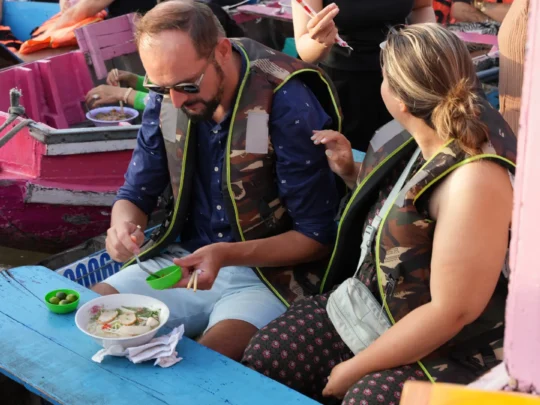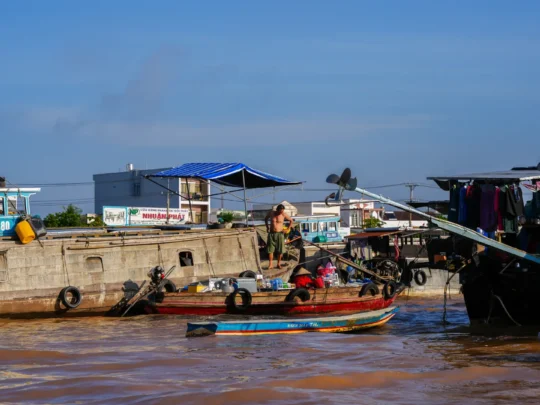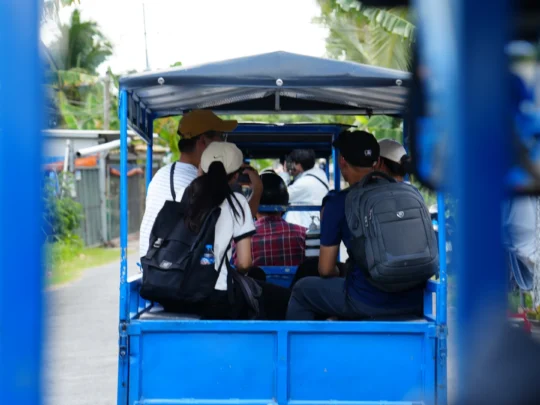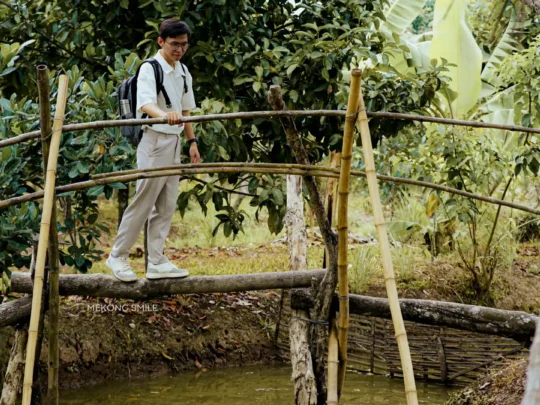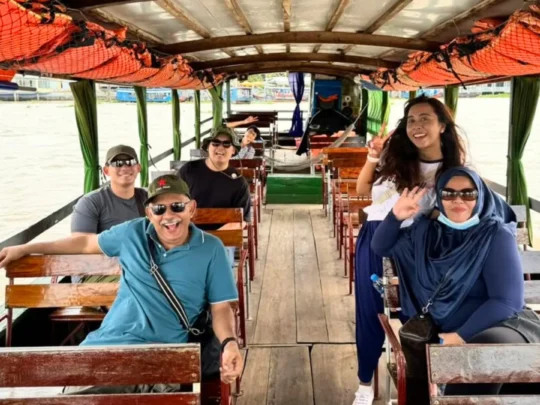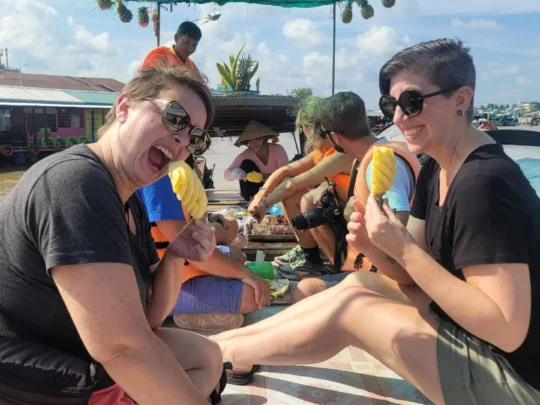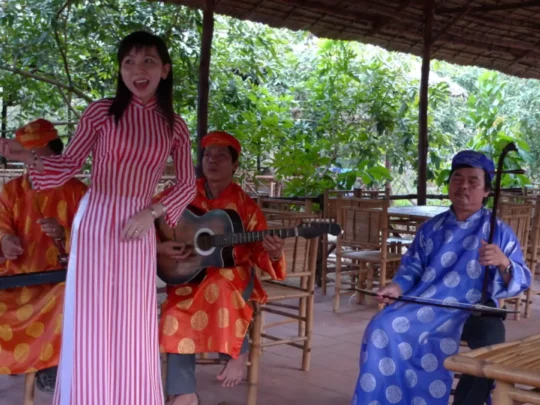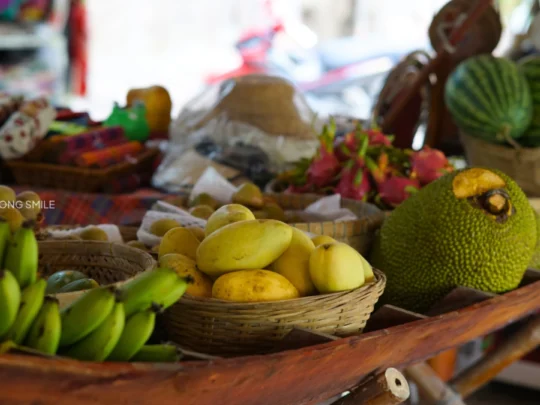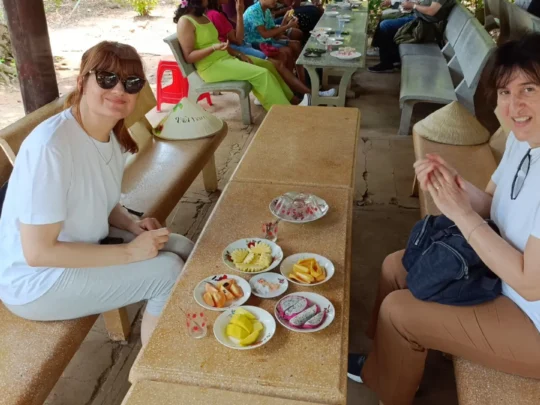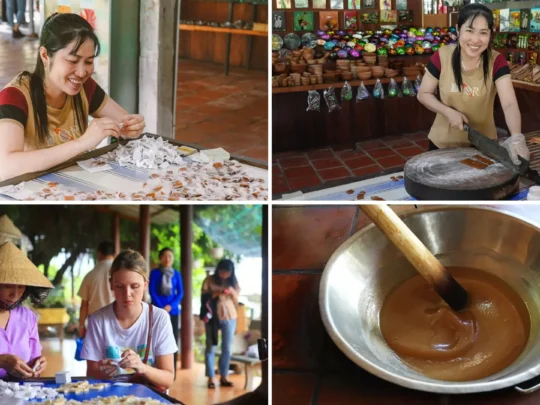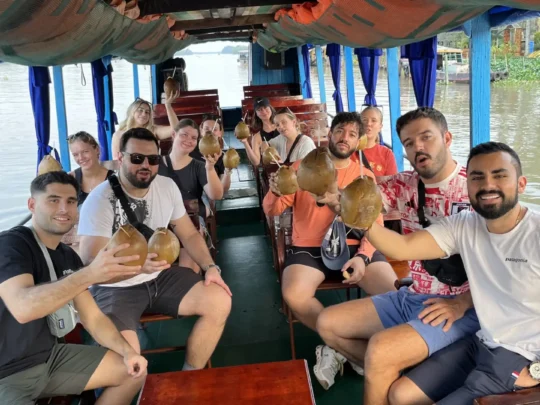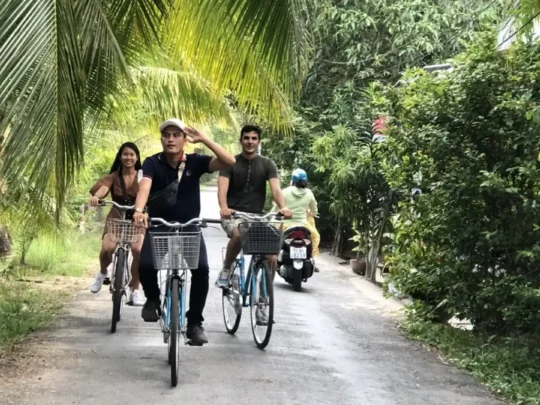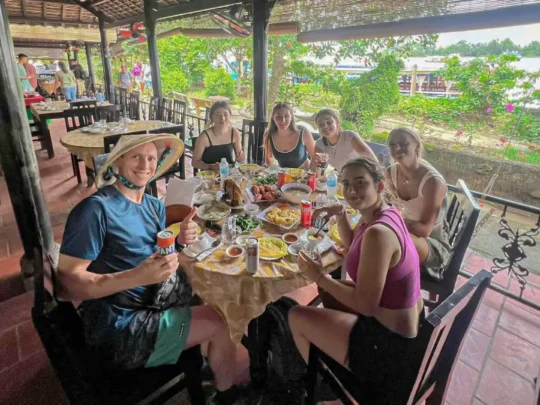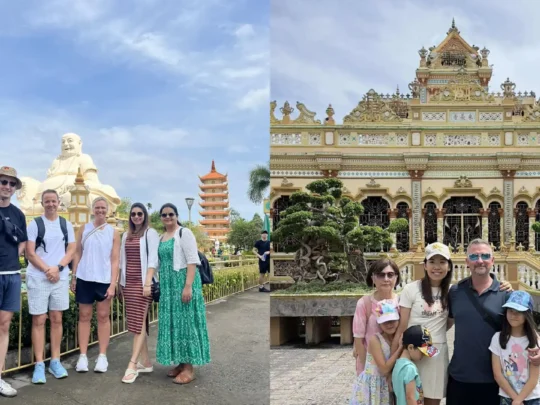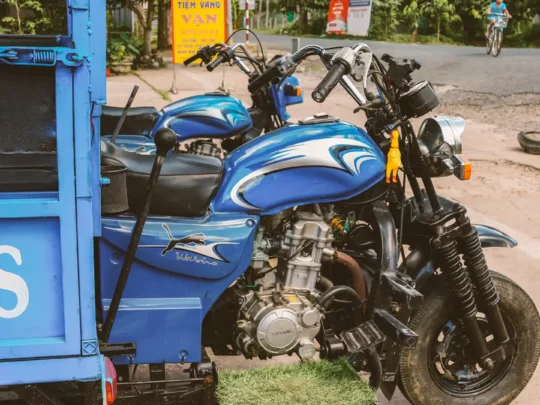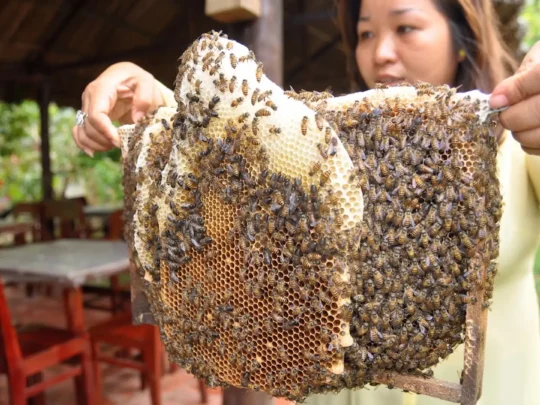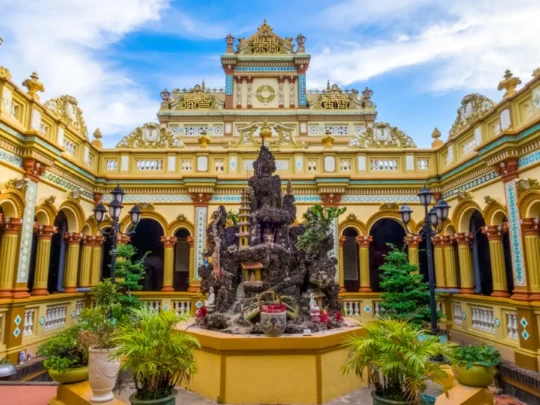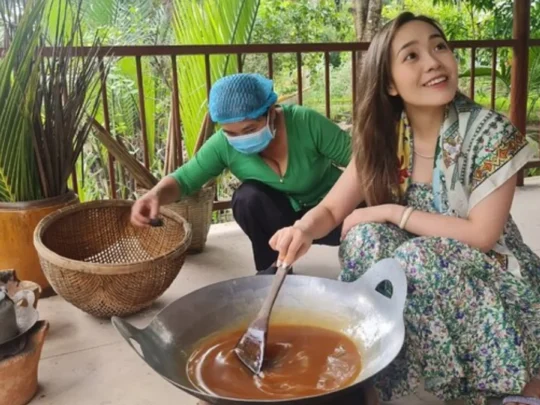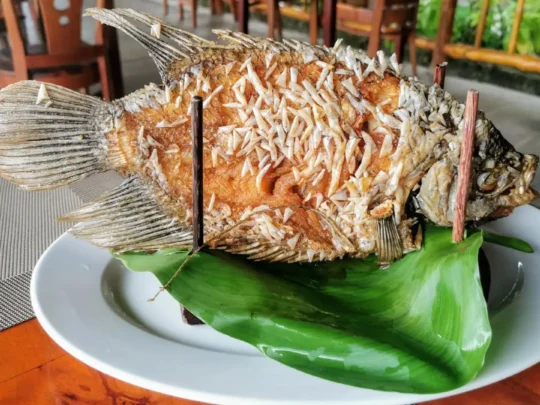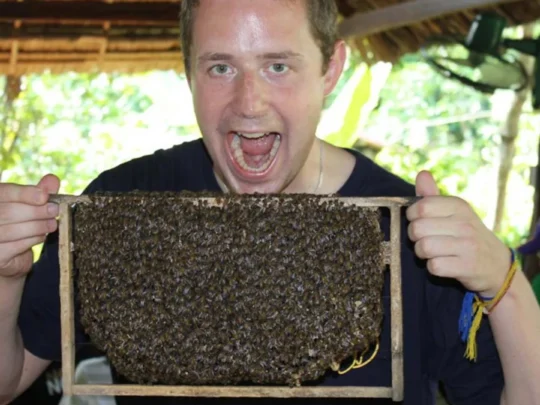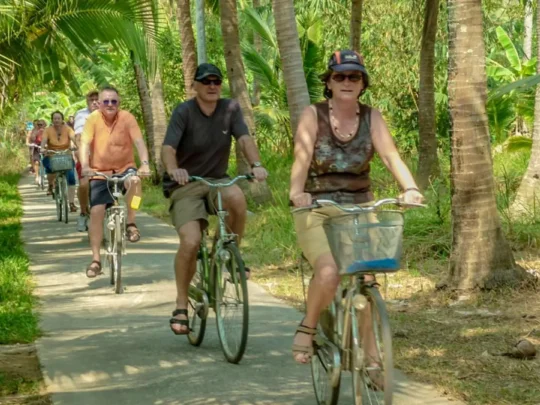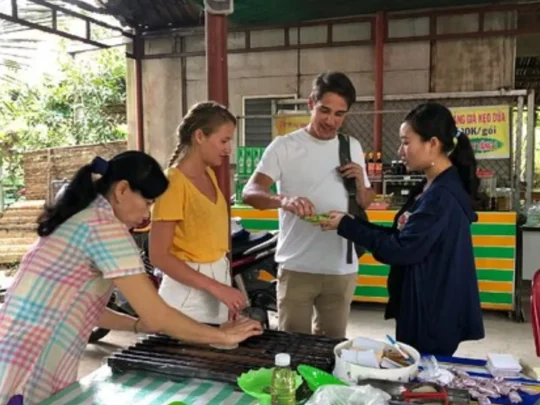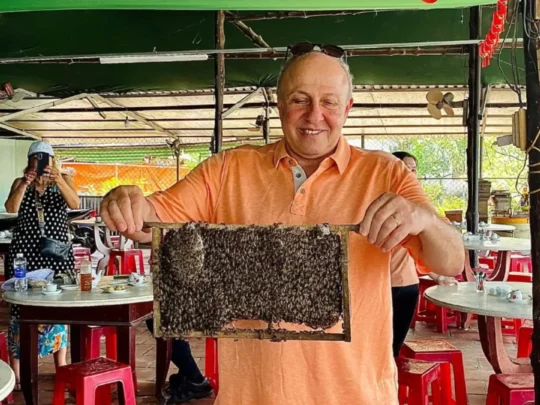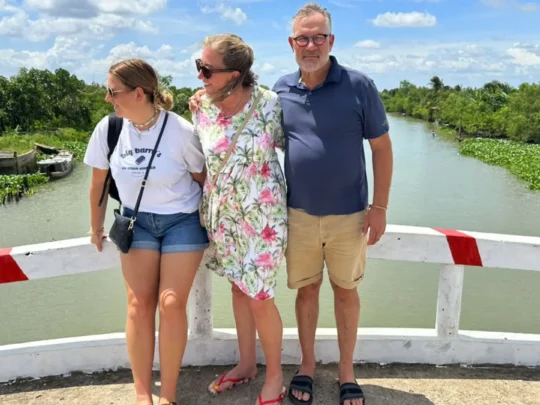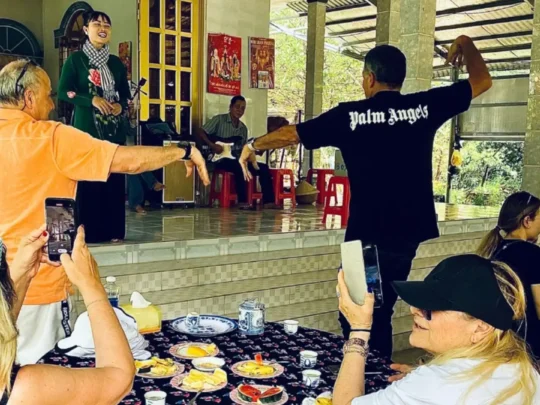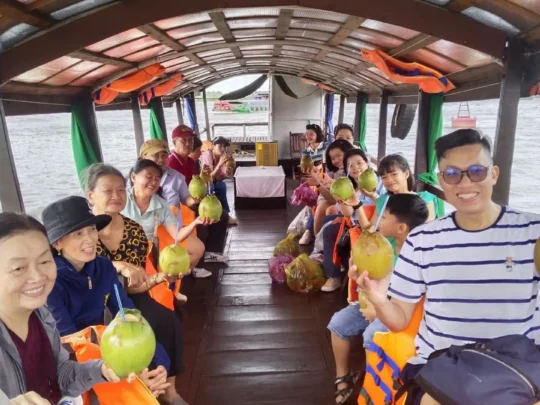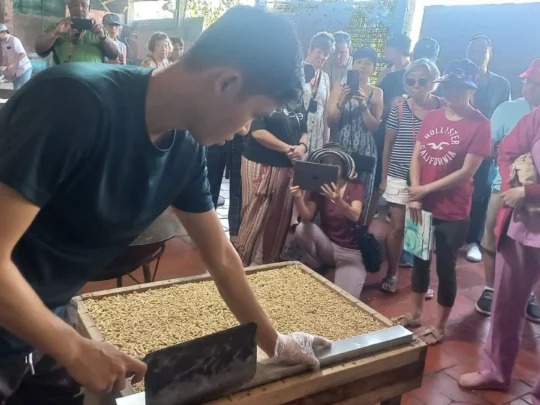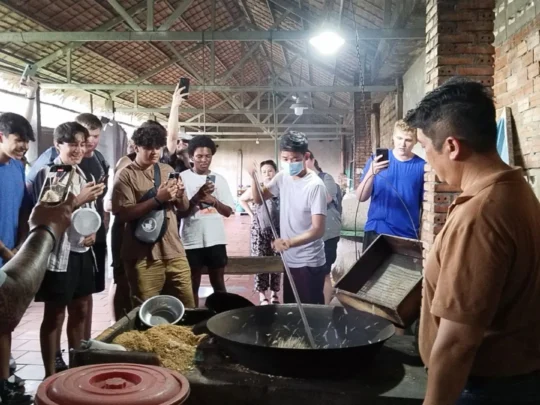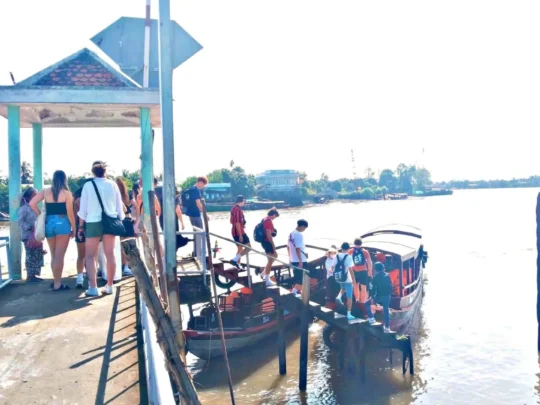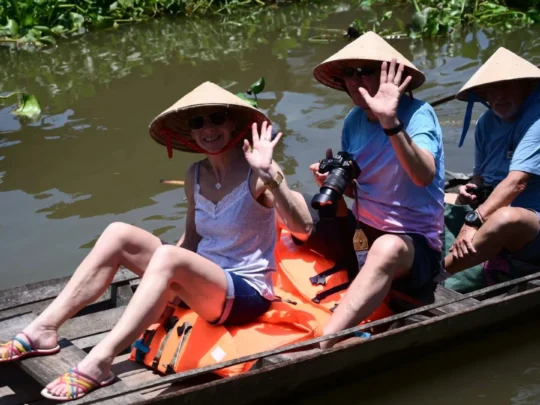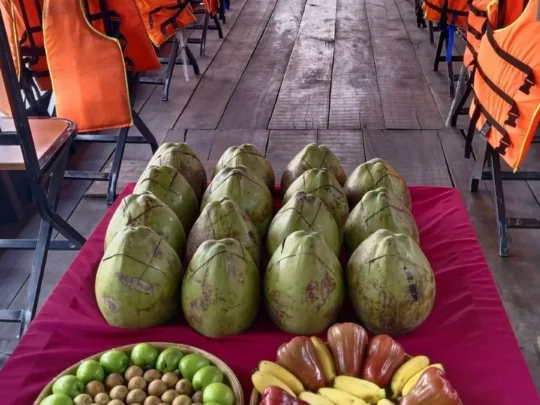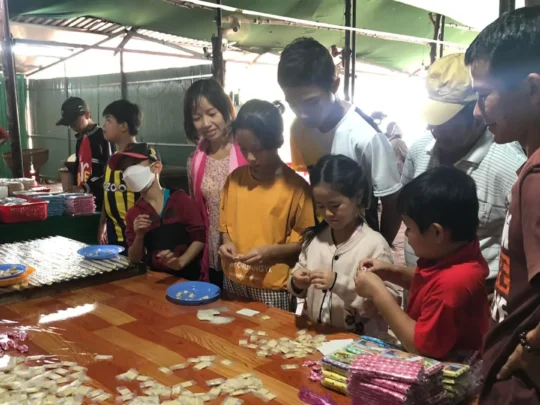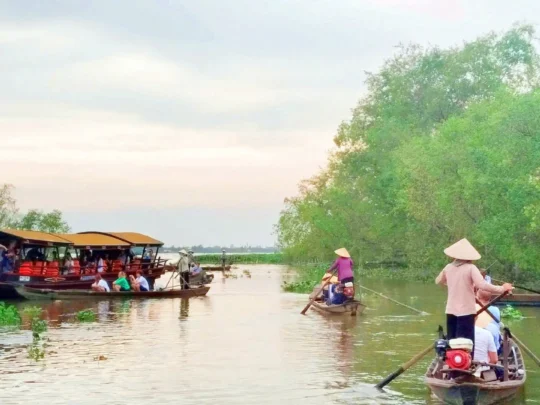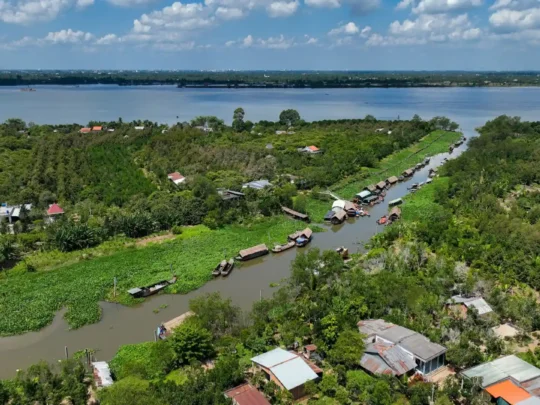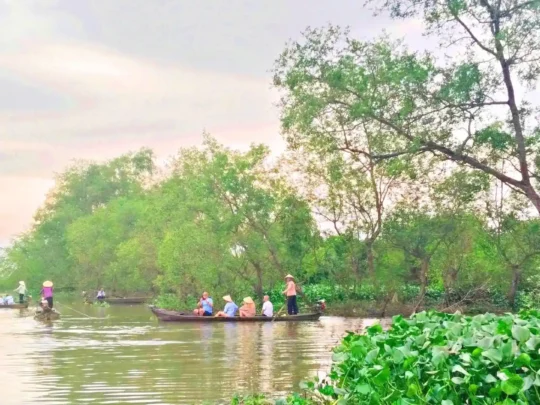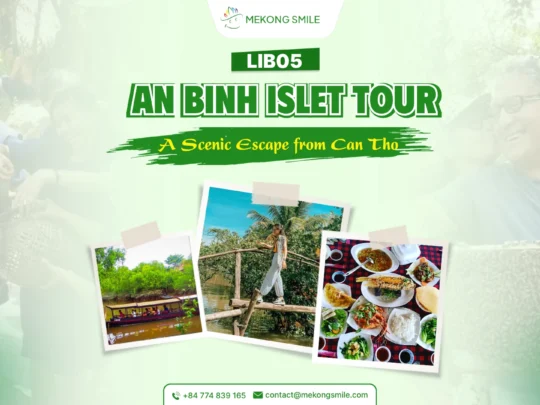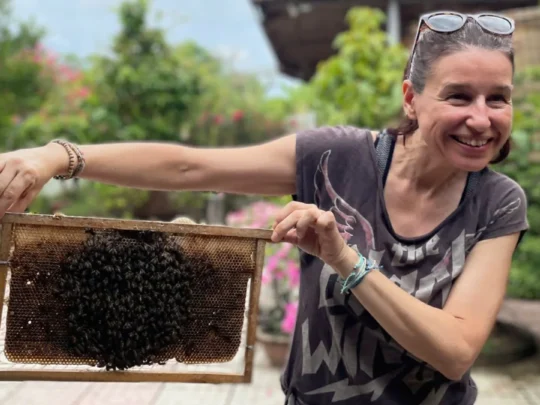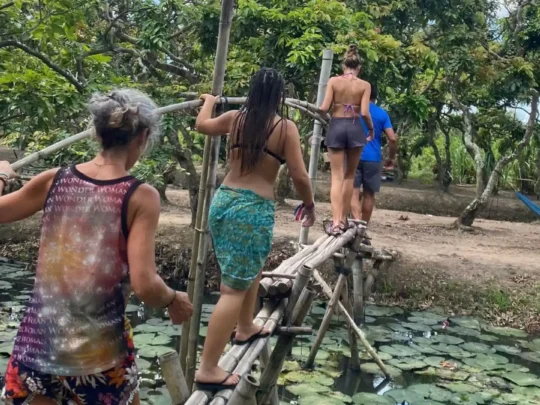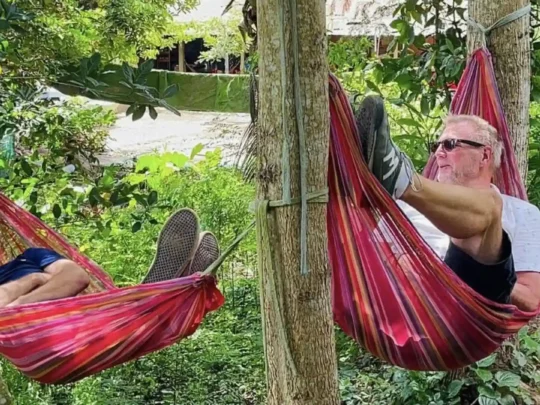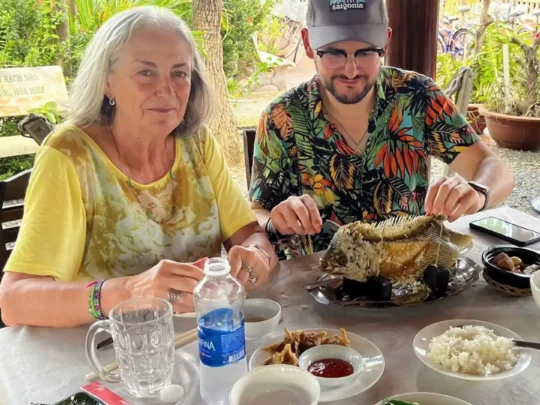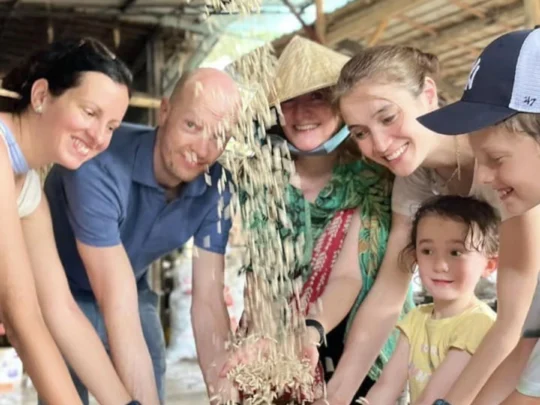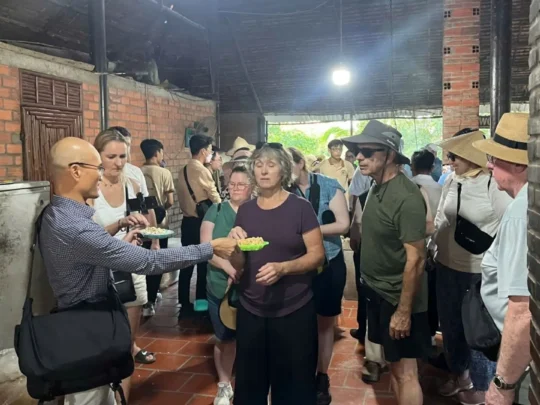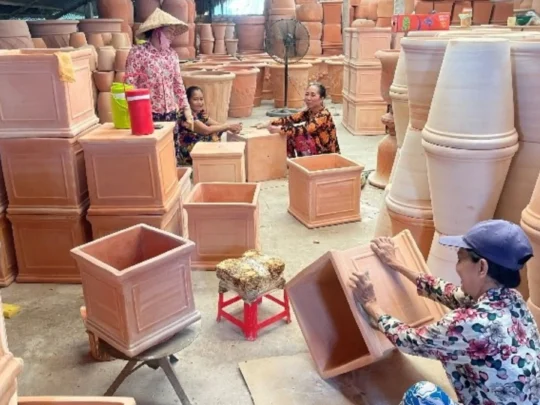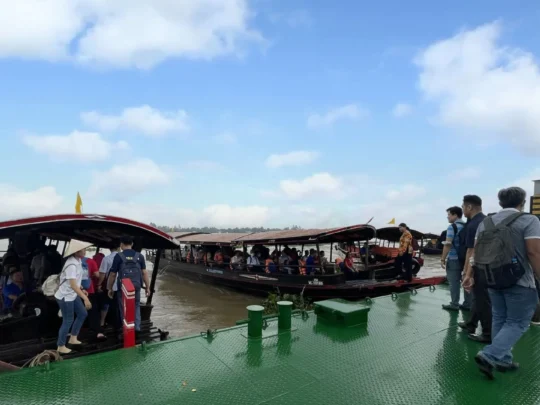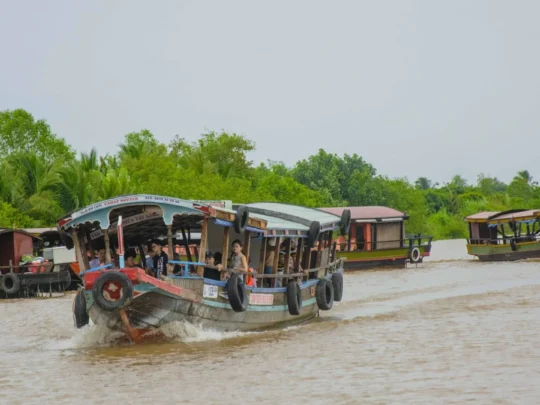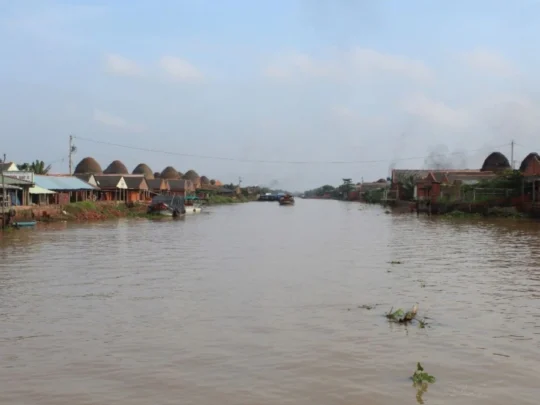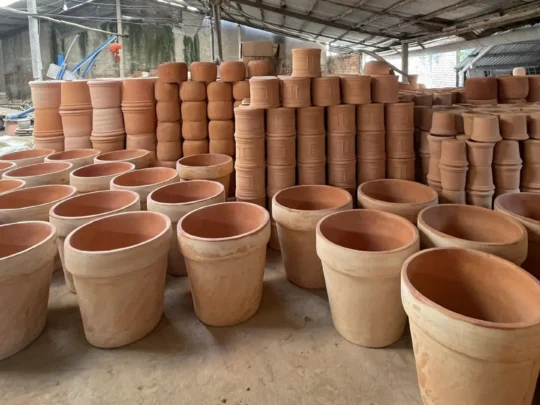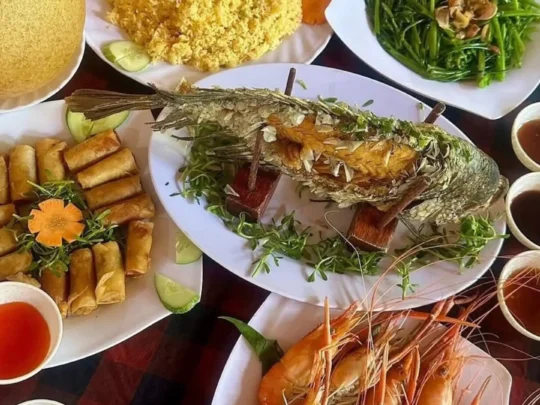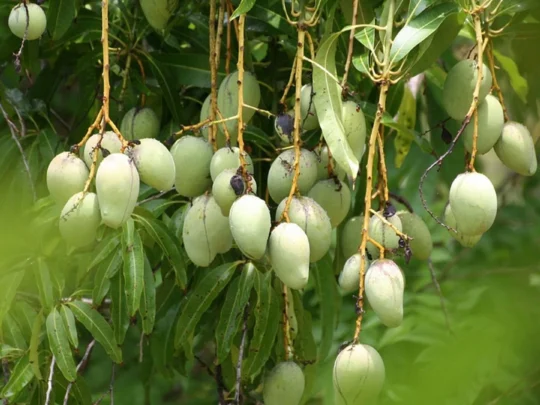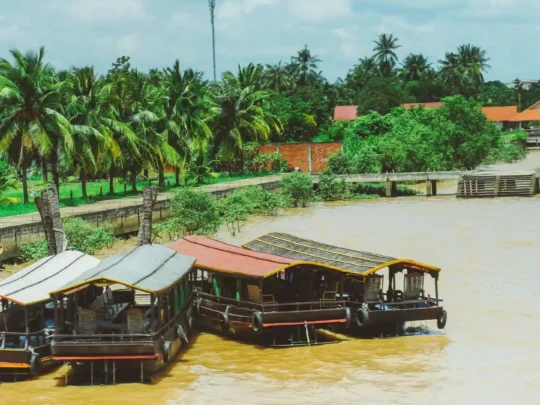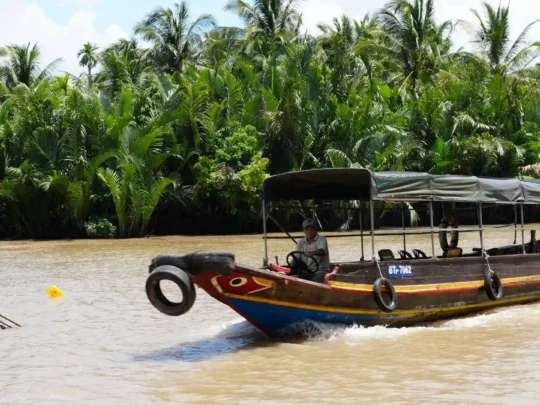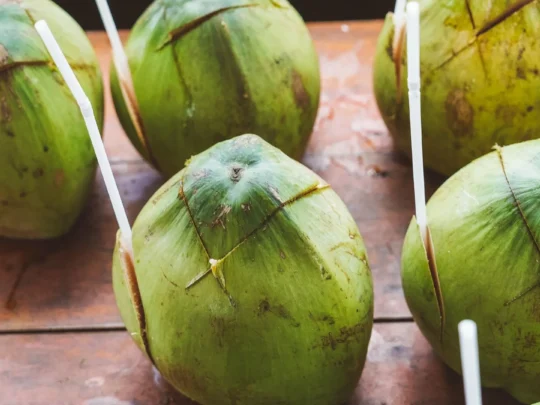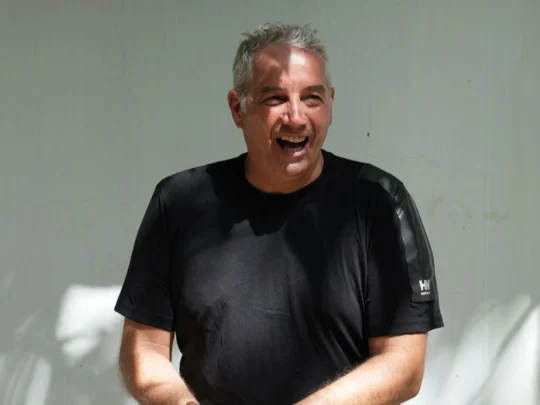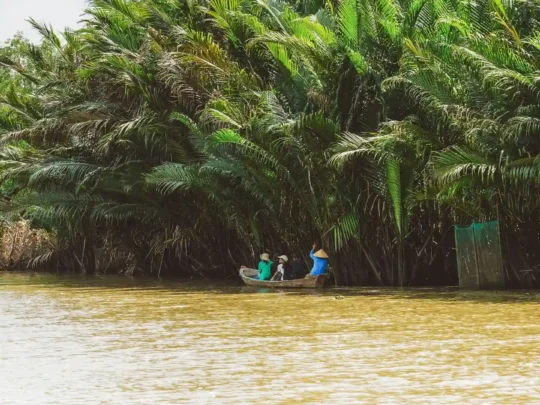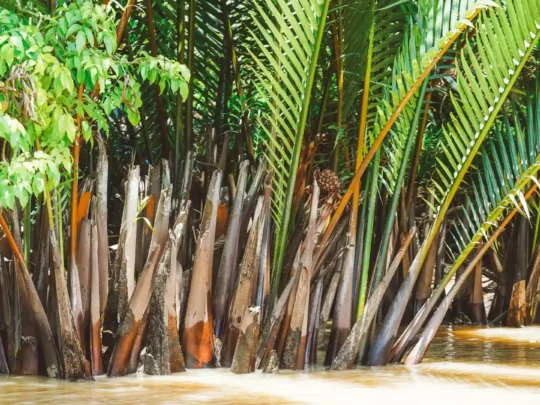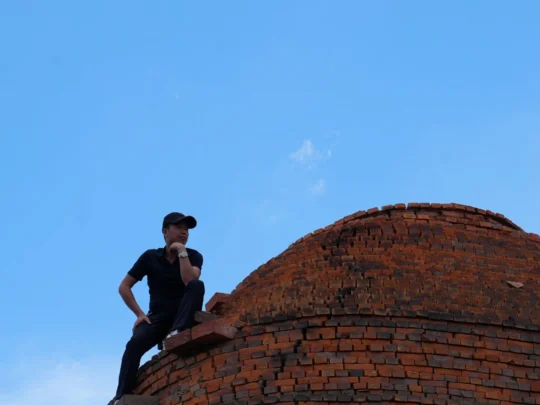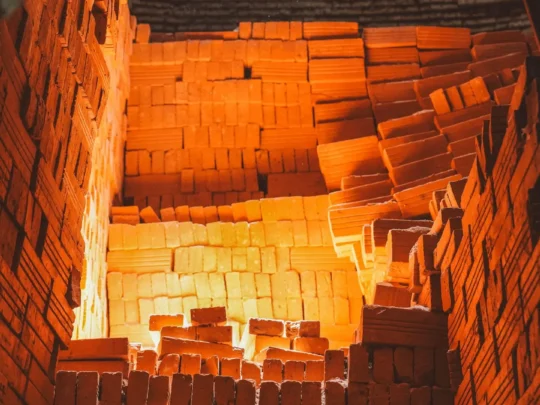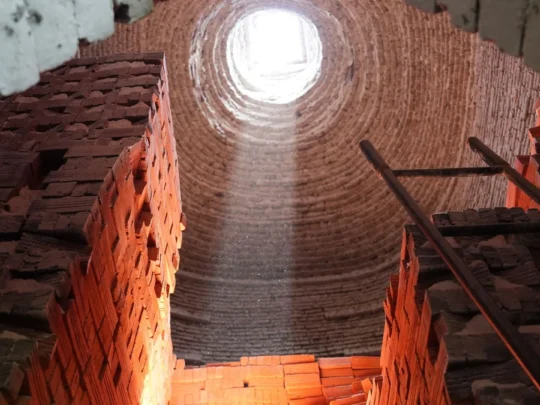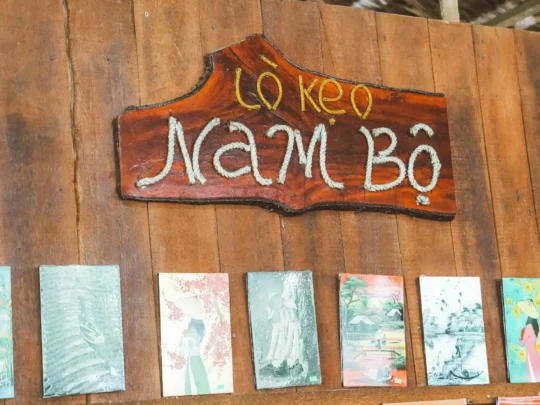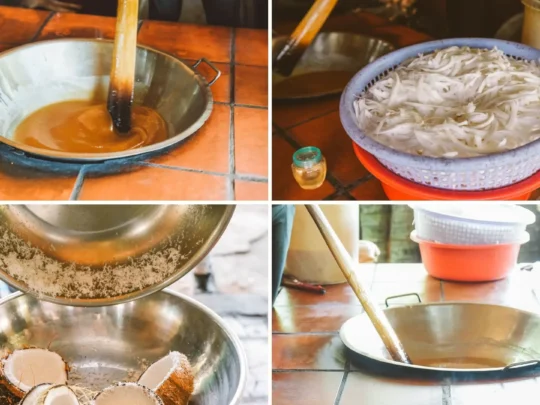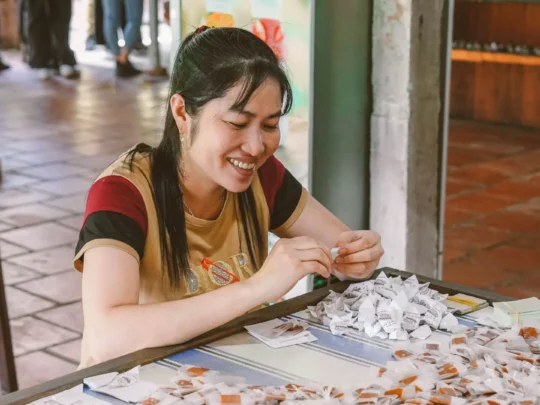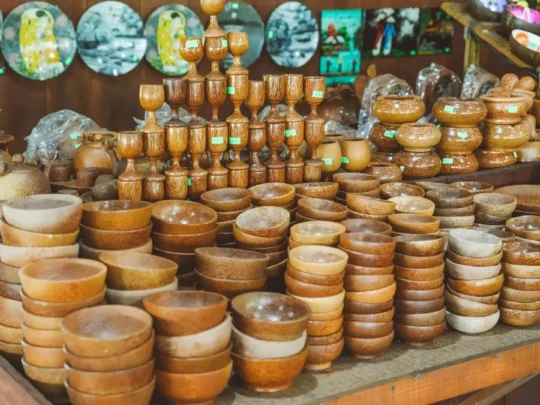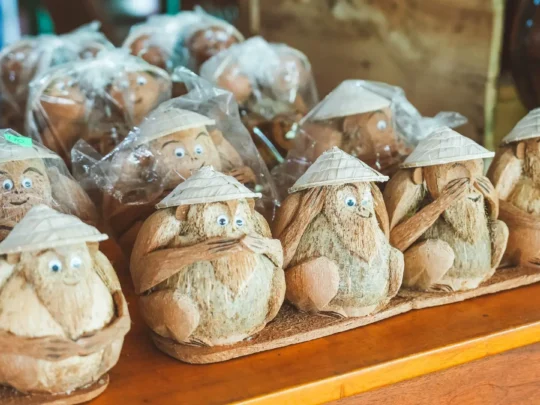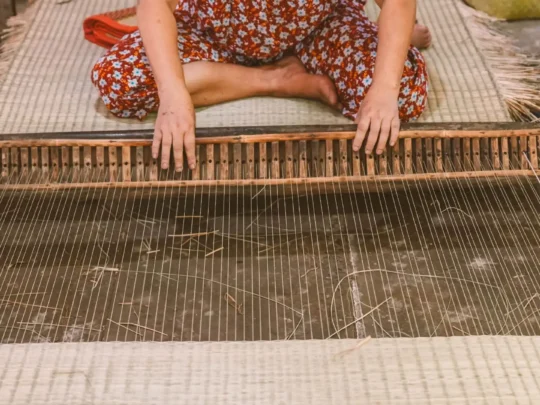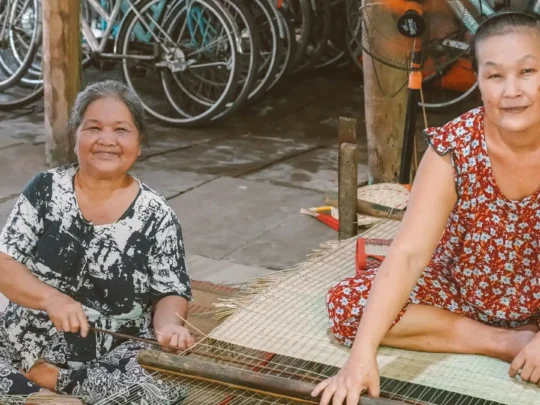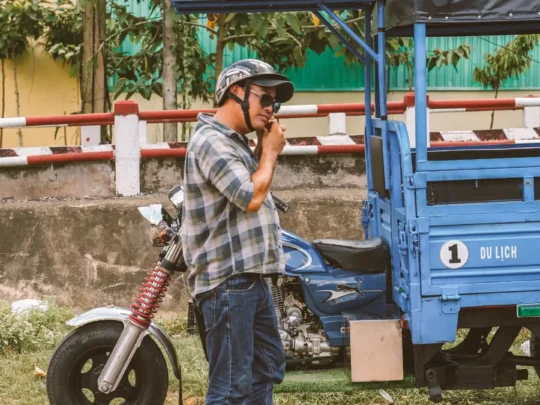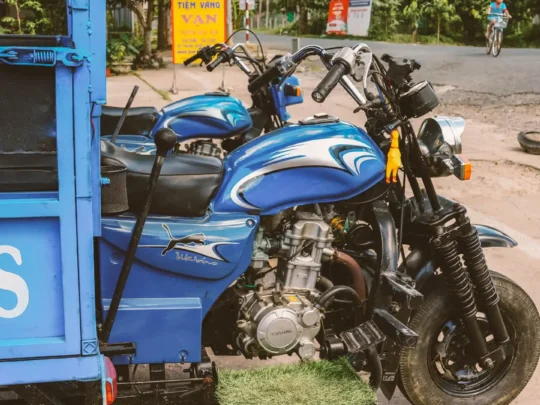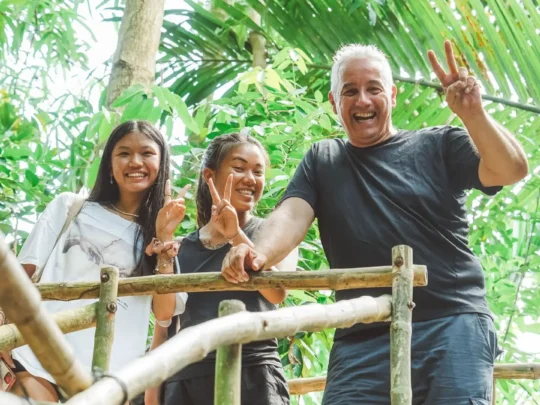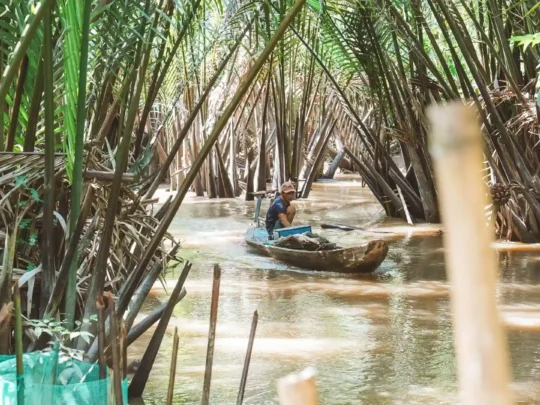Reunification Palace in Ho Chi Minh City stands as one of Vietnam’s most iconic historical landmarks, where Tank 843 crashed through ornate gates on April 30, 1975, ending the Vietnam War in one dramatic moment. Also known as Independence Palace (Dinh Độc Lập or Dinh Thống Nhất), this perfectly preserved site offers visitors an authentic journey through Vietnam’s turbulent past, frozen in time exactly as it appeared on that pivotal day. This comprehensive Reunification Palace travel guide covers everything you need to know—from opening hours and ticket prices to insider tips, transportation options, and what to see floor-by-floor—ensuring you maximize your visit to this remarkable testament of Vietnamese resilience and reunification.
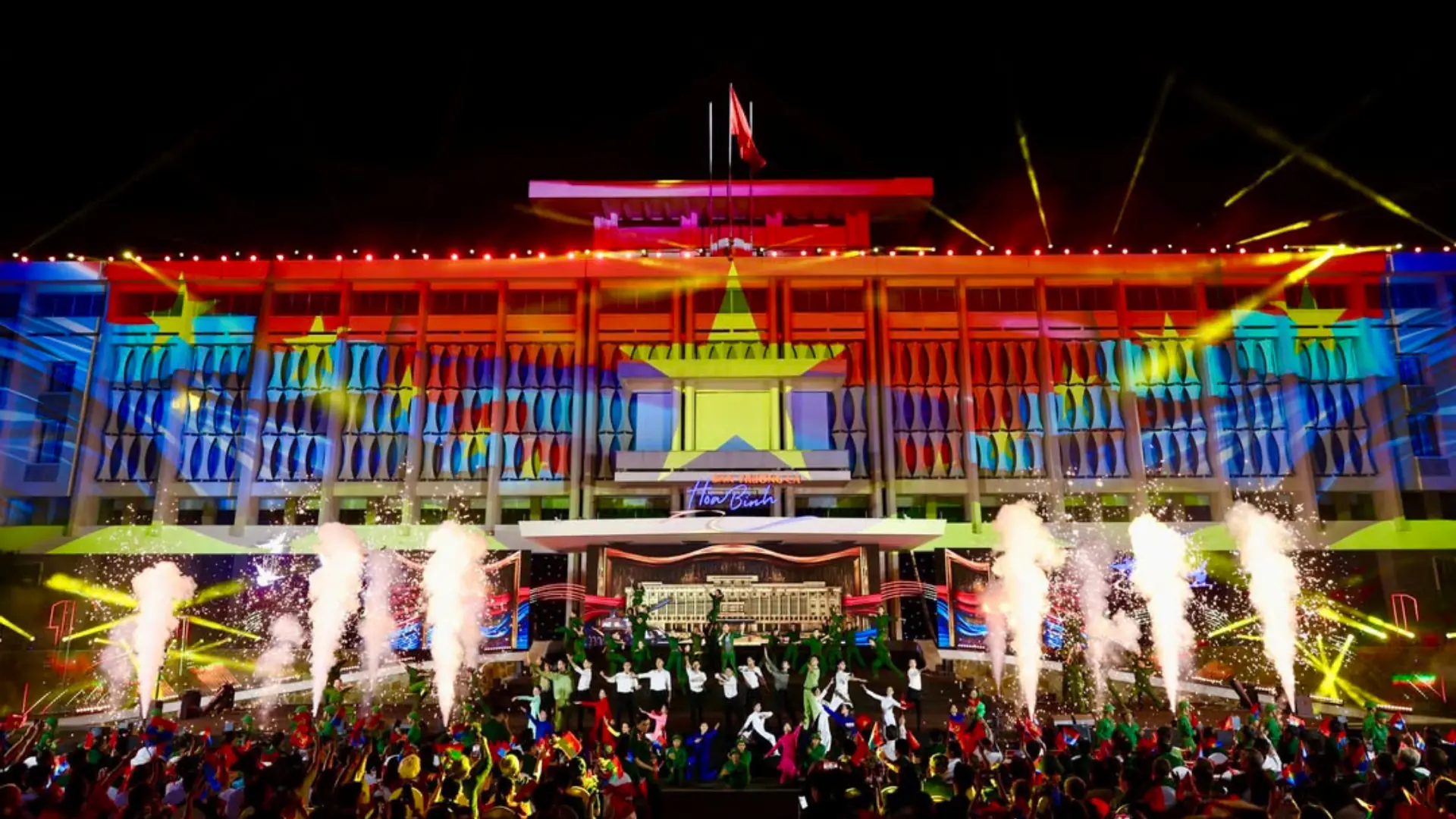
Overview of Reunification Palace in Ho Chi Minh City
Essential Information at a Glance
Address: 135 Nam Kỳ Khởi Nghĩa Street, District 1, Ho Chi Minh City (Reunification Palace on map)
Opening Hours:
- Morning: 7:30 AM – 11:00 AM
- Afternoon: 1:00 PM – 4:00 PM
- Closed: 11:00 AM – 1:00 PM daily (lunch break)
Entrance Fees:
- Foreign visitors: 40,000 VND (~$1.70 USD)
- Vietnamese citizens: 20,000 VND
- Children under 6: Free
- Audio guide: +50,000 VND
Recommended Duration: 1.5-2 hours
Best Time to Visit: 7:30-9:00 AM (early morning)
Wheelchair Accessible: Yes
Top 5 Reasons You Should Visit Reunification Palace
- Iconic Historical Significance: This is THE exact location where the Vietnam War ended on April 30, 1975. Tank 843 crashed through these gates at 10:45 AM. President Minh surrendered in the Cabinet Room at 11:30 AM. You’re standing where one of the 20th century’s most significant moments occurred.
- Perfectly Preserved Time Capsule: Unlike most historical sites that are heavily restored or recreated, Reunification Palace is preserved EXACTLY as it appeared on April 30, 1975. The clocks show the time of surrender. The president’s phones sit on his desk. Period furniture, documents, and equipment remain untouched.
- Fascinating Underground Bunker System: The basement war command center is extraordinary – walls of vintage 1960s-70s telecommunications equipment, military maps with original strategic markings, bunker rooms, and an extensive tunnel network.
- Exceptional Value: At only 40,000 VND (less than $2 USD) for 1.5-2 hours of authentic historical exploration, this is possibly the best value attraction in all of Vietnam.
- Prime Central Location: Located in the heart of District 1, you can easily walk here from most hotels and combine it with other major attractions like Notre-Dame Cathedral (5-minute walk), Central Post Office (7 minutes), and War Remnants Museum (10 minutes).
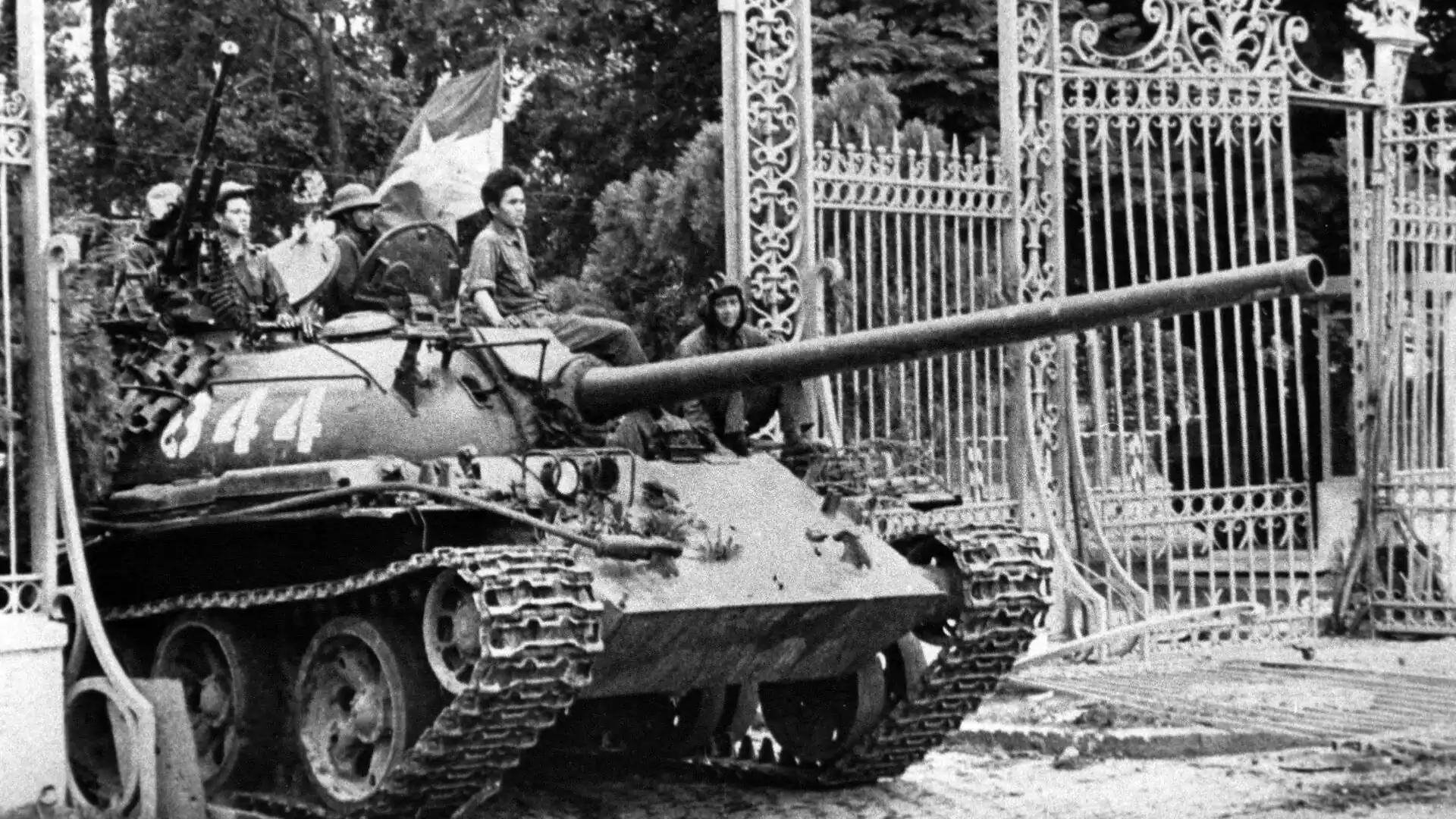
Who Will Love This Site:
- History enthusiasts (especially Vietnam War or Cold War era)
- Architecture lovers (modernist design with Vietnamese elements)
- Photographers (iconic images, period interiors, vintage equipment)
- First-time HCMC visitors (one of the top 5 must-see attractions)
- Students (high school/university studying modern history)
- Technology buffs (1960s-70s military communications equipment)
- Anyone curious about how historical events actually unfolded
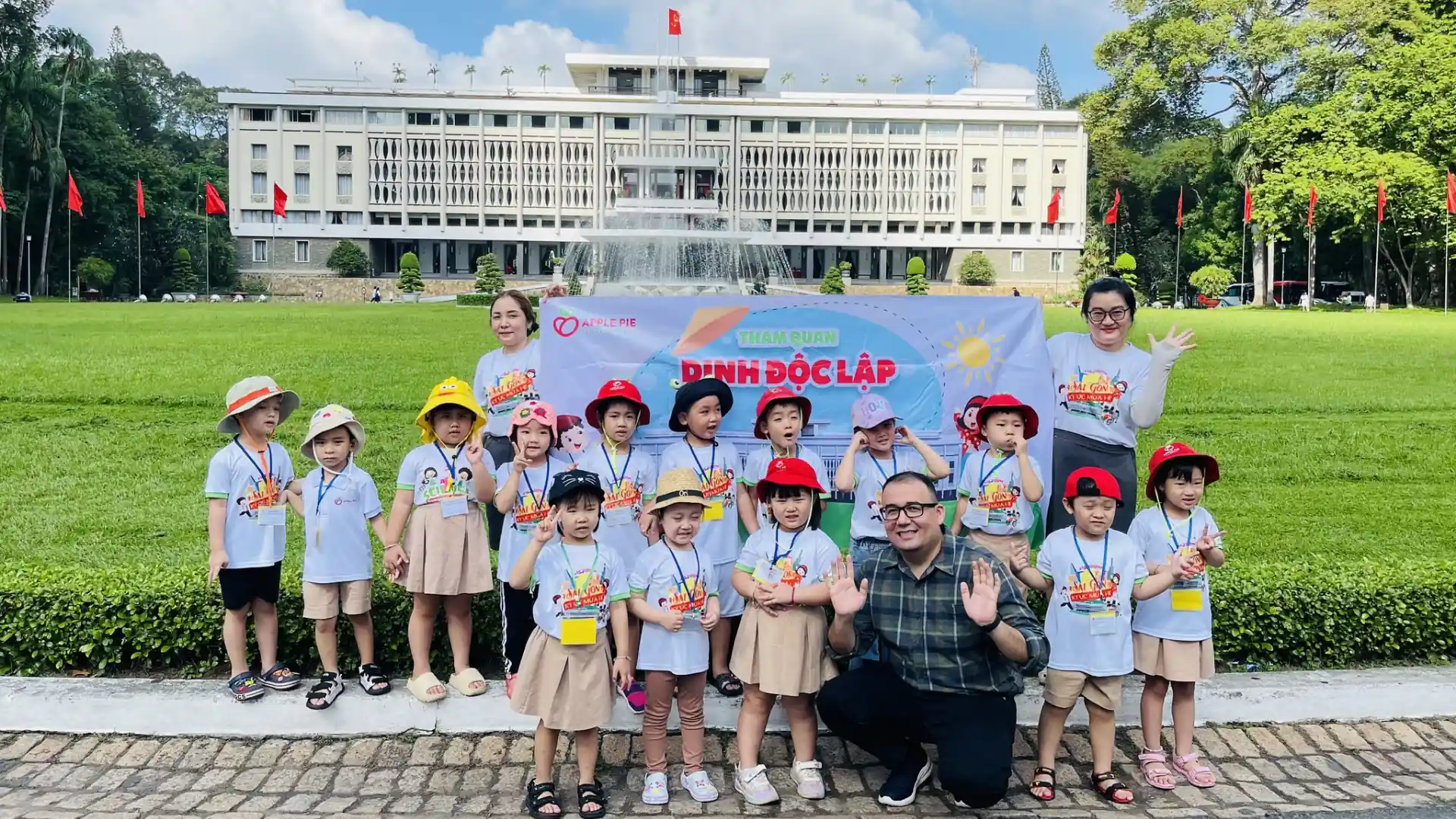
Who Might Skip:
- Visitors with absolutely zero interest in history (rare!)
- Those with less than 1 hour available (too rushed)
- Young children under 8 (may find it boring without interactive elements)
- Visitors who’ve already extensively toured multiple Vietnam War sites (though even then, this one’s unique)
What is the Reunification Palace?
Understanding the Two Names
Reunification Palace is also known as Independence Palace, and both names are correct. The building was called “Independence Palace” (Dinh Độc Lập) during South Vietnam’s era (1962-1975), symbolizing independence from French colonial rule. After April 30, 1975, it was renamed “Reunification Palace” (Dinh Thống Nhất) to commemorate Vietnam’s reunification. Today, locals use both names interchangeably, though “Reunification Palace” is the official designation.
Historical Significance
The palace served as the presidential workplace and residence of South Vietnam from 1966-1975. Its defining moment came on April 30, 1975, when North Vietnamese tanks crashed through its gates, ending the Vietnam War. Unlike many historical sites, Reunification Palace has been preserved exactly as it appeared on that historic day, making it an authentic window into Vietnam’s past.
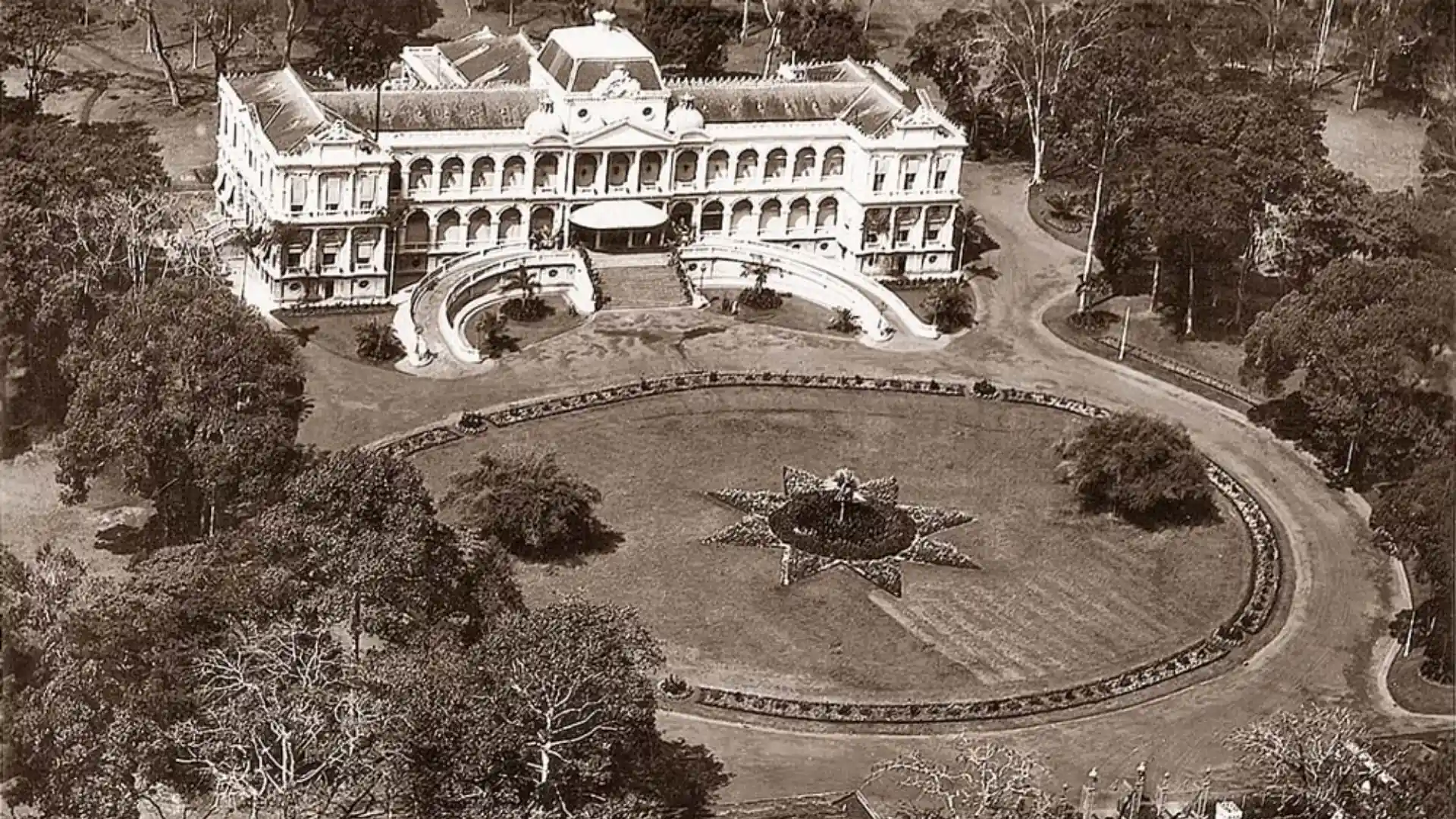
Real looks at the Reunification Palace
The Reunification Palace Entrance Fee and Information
Purchasing Tickets
Where to Buy:
- Ticket counter at palace entrance (no online booking for individuals)
- Usually 5-15 minute wait maximum
- Cash preferred (VND or USD)
What You’ll Pay:
- Foreign adult: 40,000 VND
- Audio guide rental: 50,000 VND (recommended)
- Palace guide: 200,000-400,000 VND for groups of up to 10 people
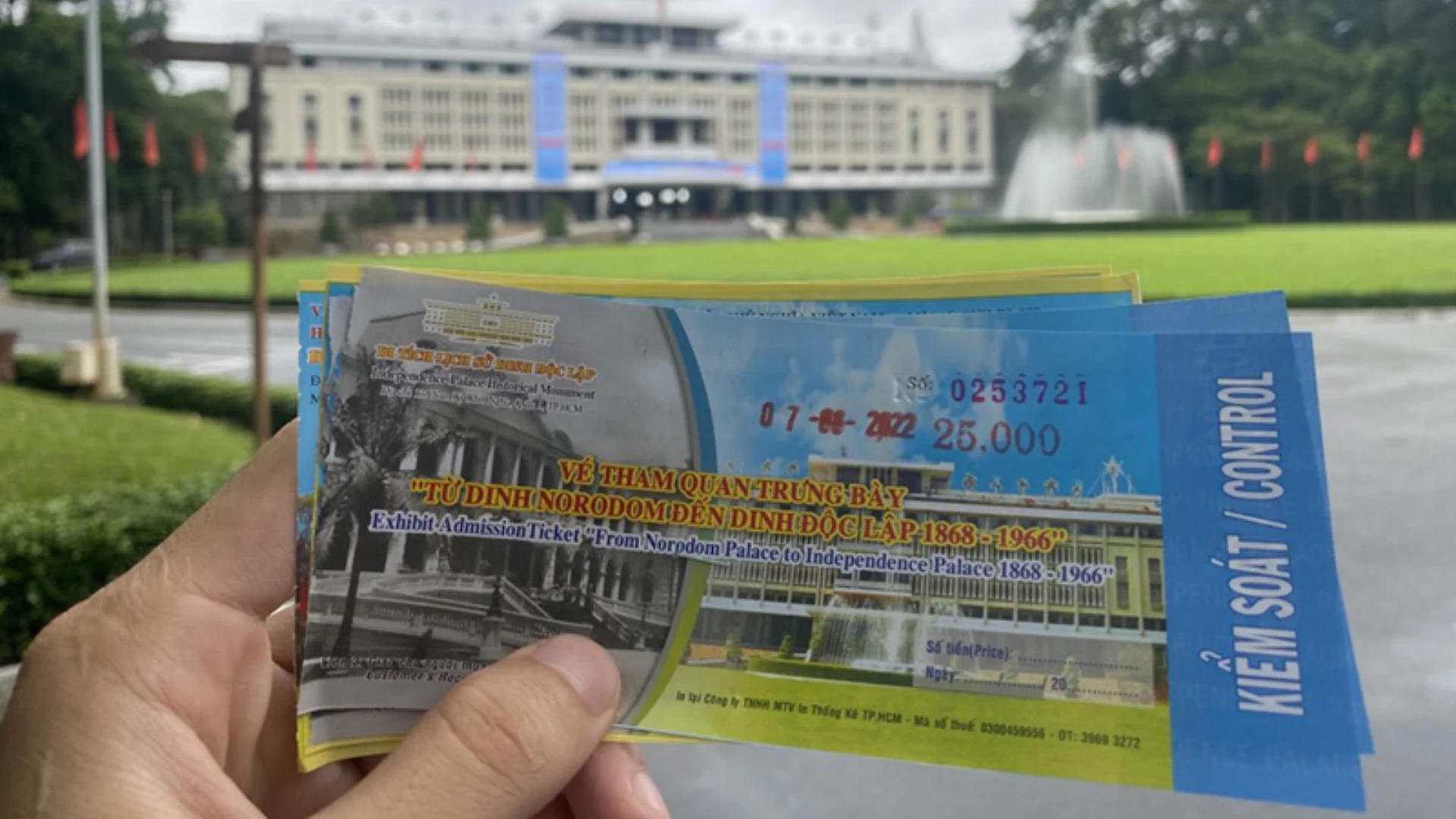
Guided Tour Options
Self-Guided (40,000 VND):
- Best for: History buffs, return visitors, budget travelers
- Freedom to explore at your own pace
- Read informational plaques throughout
Audio Guide (90,000 VND total):
- Best for: Solo travelers wanting full context
- Available in English, Vietnamese, French, Chinese, Japanese, and Korean
- Comprehensive 90-minute commentary
- Excellent value for money
Palace Guide (240,000-440,000 VND for group):
- Best for: Groups of 4+, first-time visitors
- Interactive Q&A throughout the tour
- Personal stories and insights
- Split the cost among group members
What to See Inside The Reunification Palace: Floor-by-Floor Guide
Ground Floor (Allow 30-40 minutes)
Must-See Highlights:
- Cabinet Room – The most historically significant space where President Dương Văn Minh surrendered on April 30, 1975. The horseshoe-shaped table remains exactly as positioned that day, with original nameplates for each cabinet member still in place.
- Credentials Presentation Room – Elegant space where foreign ambassadors presented credentials to the president, featuring period red velvet chairs and formal diplomatic arrangements.
- Grand Banquet Hall – Hosted state dinners and receptions with a massive lacquered table seating 60+ guests, ornate chandeliers, and Vietnamese artwork.
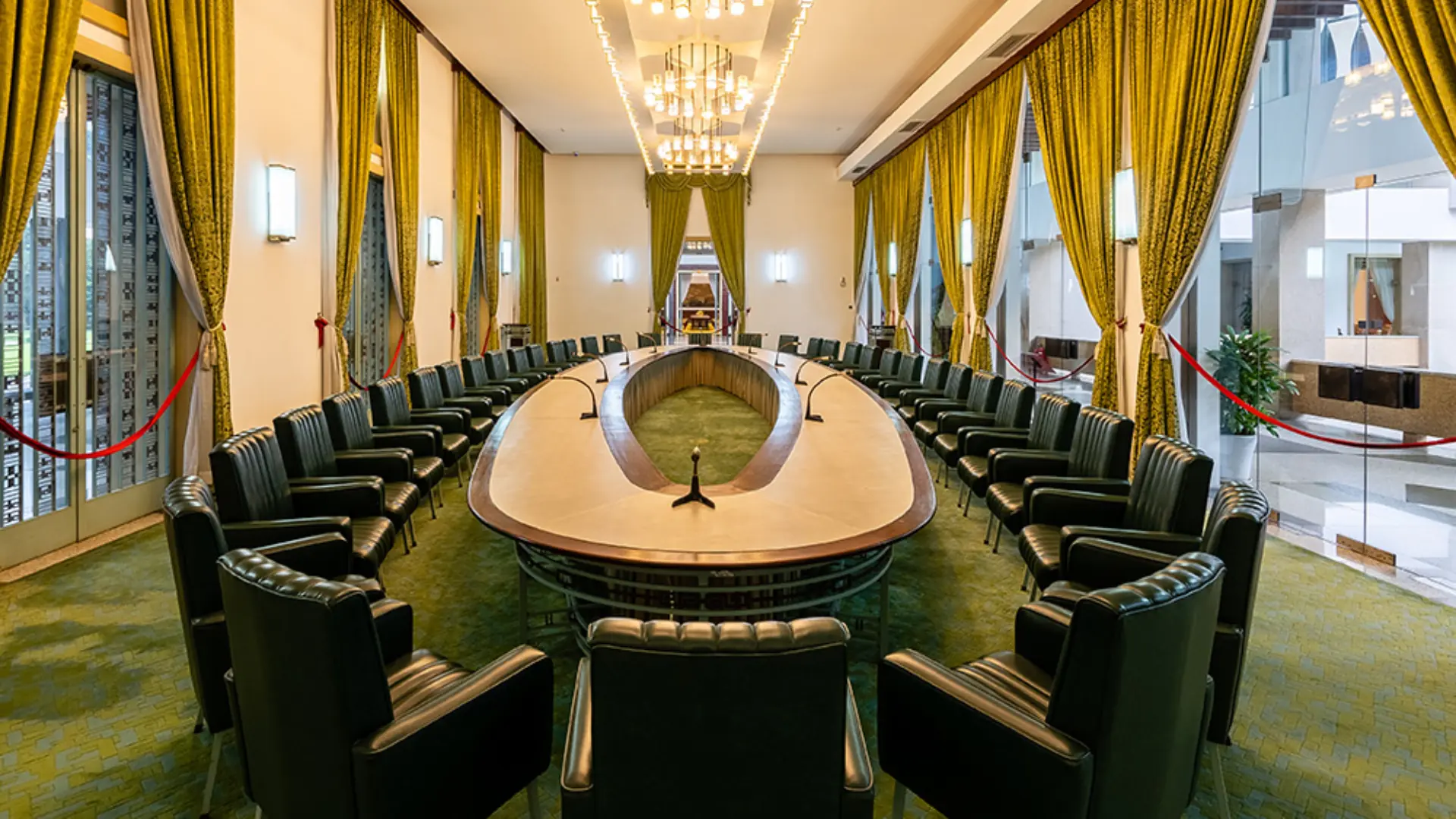
Second Floor (Allow 30-40 minutes)
Must-See Highlights:
- Presidential Office – President Nguyễn Văn Thiệu’s preserved workspace with period telephones (including direct lines to the U.S. Embassy), original desk setup, and a large Vietnam map showing the divided nation.
- War Strategy Room – Walls covered with military maps showing troop positions and strategic zones, offering insight into wartime military planning.
- Presidential Library – Personal book collection including volumes on military strategy, politics, and Vietnamese history.
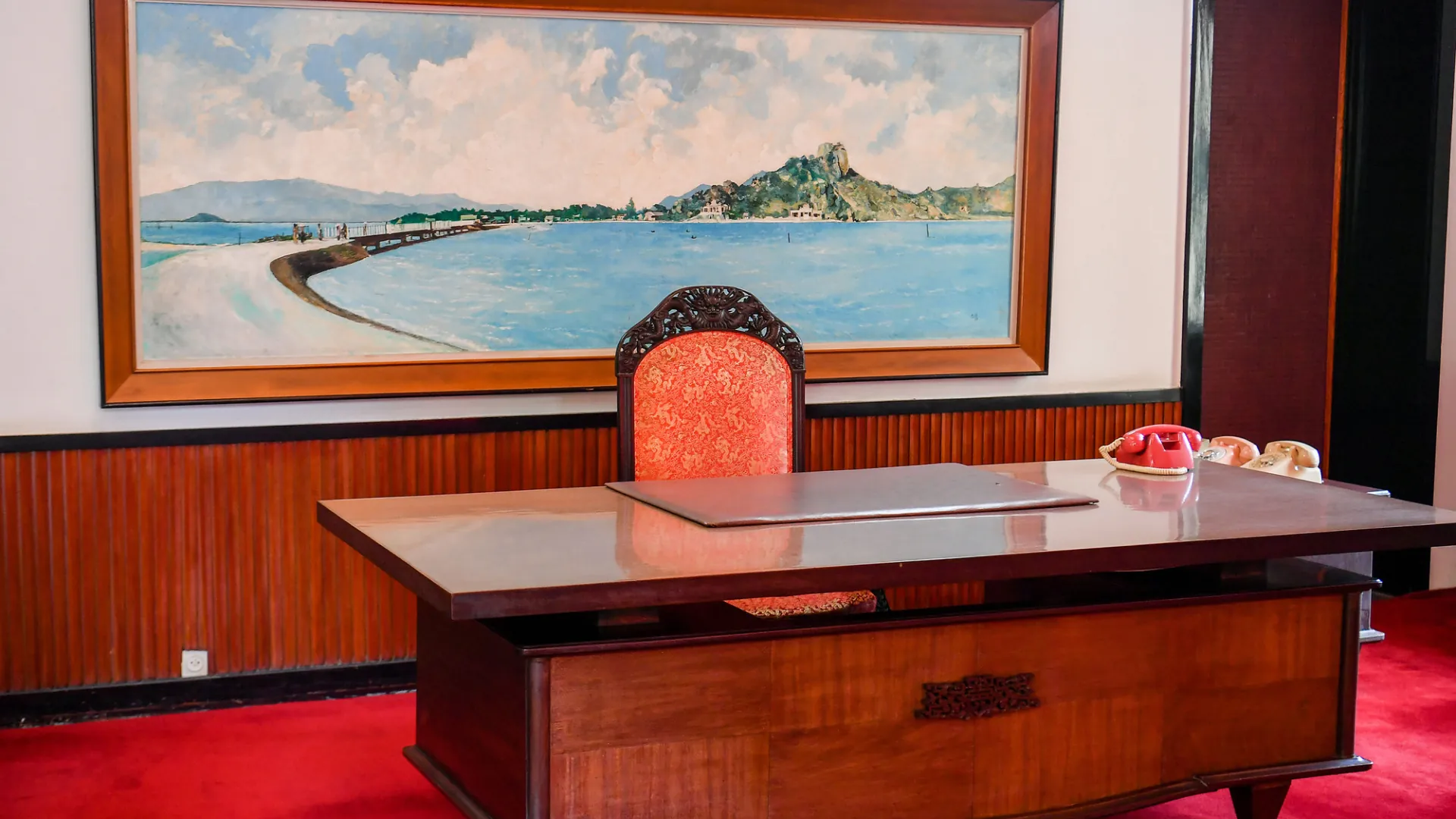
Third Floor (Allow 20-30 minutes)
Must-See Highlights:
- Presidential Living Quarters – Surprisingly modest private spaces with simple furnishings, family photographs, and personal items that humanize the presidential figure.
- Private Cinema – Intimate screening room with vintage theater seats, original projection equipment still in working condition, and period film reels on display.
- Rooftop Terrace & Helipad – Offers panoramic Ho Chi Minh City skyline views. This helipad served as an evacuation point during the war’s final days.

Basement Levels (Allow 40-50 minutes – DON’T MISS!)
Why the Basement is the Highlight:
Many visitors say the basement war command center is the most fascinating part of the Reunification Palace. This extensive underground complex reveals the reality of governing during wartime.
Must-See Highlights:
- War Command Center – Multiple operations rooms with large wall-mounted maps marked with original military positions and strategic notations.
- Telecommunications Center – Walls filled with vintage 1960s-70s radio equipment, switchboards, and early telecommunications technology showing how military coordination functioned.
- Tunnel System – Concrete-lined emergency evacuation passages connecting different basement areas, representing constant security concerns during wartime.
- Bunker Rooms – Reinforced shelter spaces with basic beds, communication equipment, and storage supplies, starkly contrasting with elegant rooms above.
Exterior & Grounds (Allow 15-20 minutes)
Must-See Highlights:
- Tank 843 – The famous Soviet-made T-54 tank that crashed through palace gates on April 30, 1975. This is the most photographed element of the entire site.
- Historical Vehicles – Presidential limousines, military jeeps, and a helicopter providing context for 1960s-70s transportation.
- Palace Gardens – Manicured tropical gardens offering peaceful reflection space and different architectural perspectives.
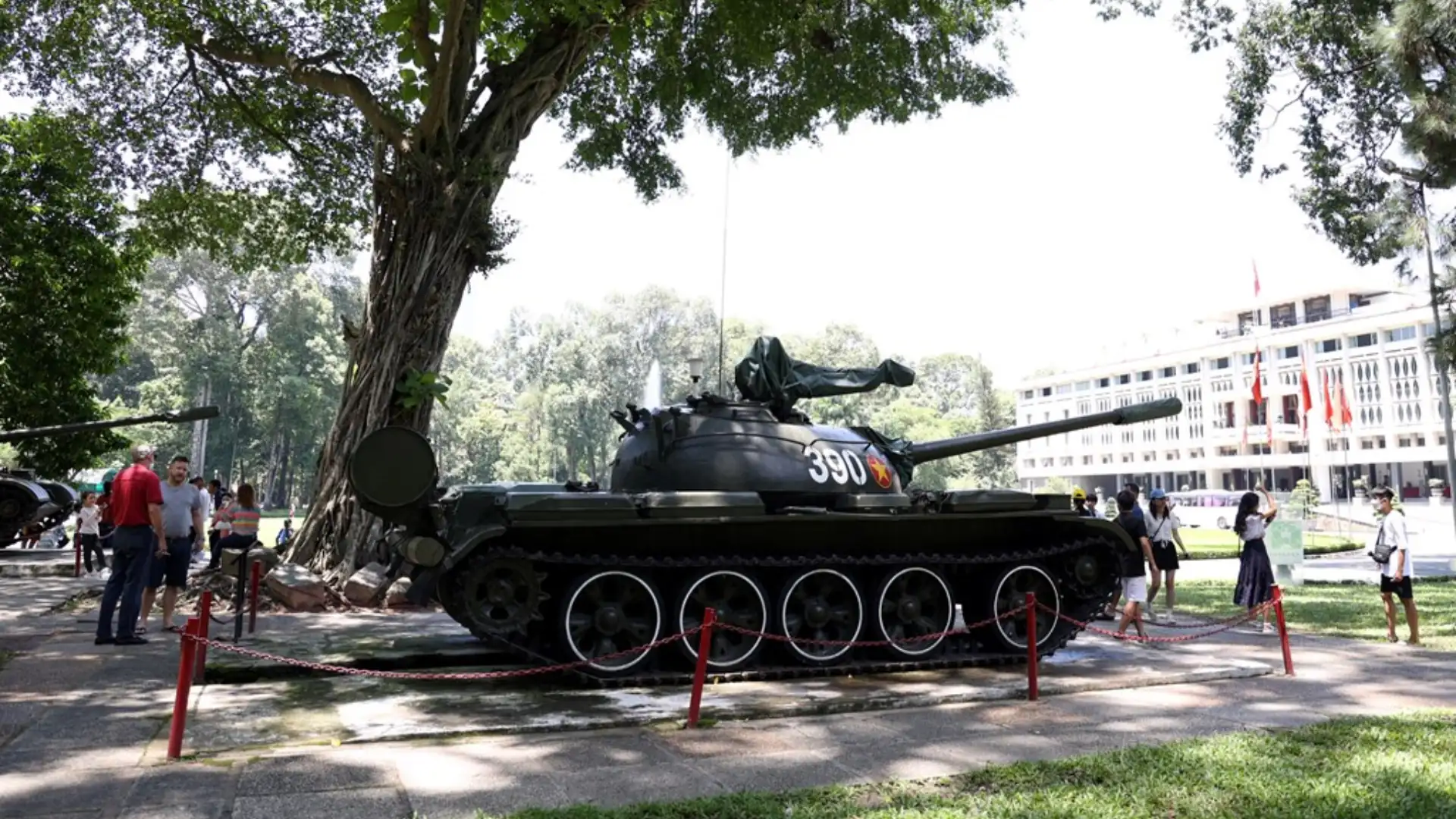
Planning your visit to the Reunification Palace
Best Time to Visit
Optimal Timing:
- 7:30-8:30 AM: Best time – cool weather, minimal crowds, excellent lighting for photos
- 2:30-3:30 PM: Good afternoon alternative with moderate crowds
- Avoid: 10:00-11:00 AM (busiest, hot) and 11:00 AM-1:00 PM (closed)
Best Season:
- December-February: Most comfortable weather, dry season
- March-April: Hot but dry, good for early morning visits
- May-November: Rainy season, but the palace is mostly indoors
Days to Avoid:
- Weekends (more crowded with domestic tourists)
- Vietnamese holidays: Tết (Lunar New Year), April 30 (Reunification Day), May 1
Take a deep insight into the Ho Chi Minh City Travel Guide with full attractions info to have a better idea for your trip
How Long to Spend
- Quick visit: 45-60 minutes (main highlights only)
- Standard visit: 1.5-2 hours (recommended for most visitors)
- Thorough exploration: 2.5-3 hours (with guide or deep interest)
What to Bring
Essential:
- Comfortable walking shoes (multiple floors to explore)
- Water bottle (HCMC heat is intense)
- Camera or smartphone (photography allowed)
- Cash for tickets (40,000-100,000 VND)
- Sun protection (hat, sunscreen)
Dress Code:
- Shoulders and knees covered (modest attire)
- Light, breathable fabrics are recommended
- Not as strict as temples, but dress respectfully
Getting to Reunification Palace
Location
The palace sits in District 1’s heart, Ho Chi Minh City’s central tourist district. It’s within walking distance of major landmarks including Notre-Dame Cathedral (5 minutes), Central Post Office (7 minutes), and Ben Thanh Market (15 minutes).
Transportation Options
Walking (Best if Staying in District 1):
- Most District 1 hotels: 10-20 minute walk
- Enjoy colonial architecture and street life
- Free and good exercise
- Best in early morning or late afternoon
Grab (Ride-Hailing App – Most Convenient):
- From District 1: 20,000-50,000 VND ($1-2), 5-15 minutes
- From Airport: 120,000-180,000 VND ($5-8), 20-30 minutes
- Choose GrabBike (motorbike) for fastest/cheapest or GrabCar for comfort
- Download app before trip
Taxi:
- Reputable companies: Vinasun (green/white), Mai Linh (green)
- Similar prices to Grab
- Tell the driver “Dinh Thống Nhất” or show them the address
Public Bus:
- Routes #04, #14, #18, #36, #93 stop nearby
- Fare: 7,000 VND (cheapest option)
- Suitable for budget travelers comfortable with local transit
Cyclo (Bicycle Rickshaw):
- Traditional experience but expensive
- Negotiate price first: 100,000-200,000 VND
- Slow but atmospheric
Insider Tips for Your Visit
Maximize Your Experience
- Start at the Top, Work Down: Begin on the third or fourth floor when they’re less crowded, then work down to the fascinating basement finale.
- Allocate Most Time to Basement: Don’t rush through the underground command center – it’s the most compelling area.
- Arrive at Opening: The 7:30 AM opening hour offers the best experience with cool temperatures, minimal crowds, and beautiful morning lights.
- Read the Plaques: Context makes rooms meaningful. Take time to read informational signs rather than just photographing.
- Don’t Skip the Gardens: Most tourists rush past the exterior grounds, but they offer peaceful reflection and photographic opportunities.
Photography Tips
Best Photo Spots:
- Tank 843 from side angle (better composition than straight-on)
- Presidential office desk with vintage telephones
- Basement telecommunications equipment room
- Rooftop panoramic city views
- Cabinet Room showing a full horseshoe table setup
Technical Tips:
- Interior lighting is dim – use phone night mode or increase camera ISO
- Flash is restricted in some areas
- Early morning (8-10 AM) offers the best exterior lighting
- A wide-angle lens is useful for architectural shots
Common Mistakes to Avoid
- Arriving 10:30 AM-1:00 PM: Palace closes for lunch; many tourists arrive during closure
- Skipping the Basement: The most fascinating part – don’t miss it
- Only Photographing Tank 843: Interior rooms tell equally powerful stories
- Rushing Through: Allocate proper time to absorb the atmosphere
- Visiting Without Context: Basic Vietnam War knowledge greatly enhances the experience
Combining Reunification Palace with Other Attractions
Walking Distance Attractions
Notre-Dame Cathedral Basilica (5-minute walk)
- Iconic French colonial cathedral with distinctive red brick facade
- Built 1863-1880, one of HCMC’s most photographed landmarks
Saigon Central Post Office (7-minute walk)
- Stunning colonial building designed by Gustave Eiffel
- Still functioning post office with gorgeous interior
War Remnants Museum (10-minute walk)
- Documents the Vietnam War from Vietnamese perspective
- Essential companion to Reunification Palace for full historical context
Book Street – Nguyen Van Binh (5-minute walk)
- Charming pedestrian street with bookstores and cafes
- Perfect post-visit coffee and reflection spot
Ben Thanh Market (15-minute walk)
- HCMC’s most famous market for souvenirs and local food
- Touristy but quintessential Saigon experience
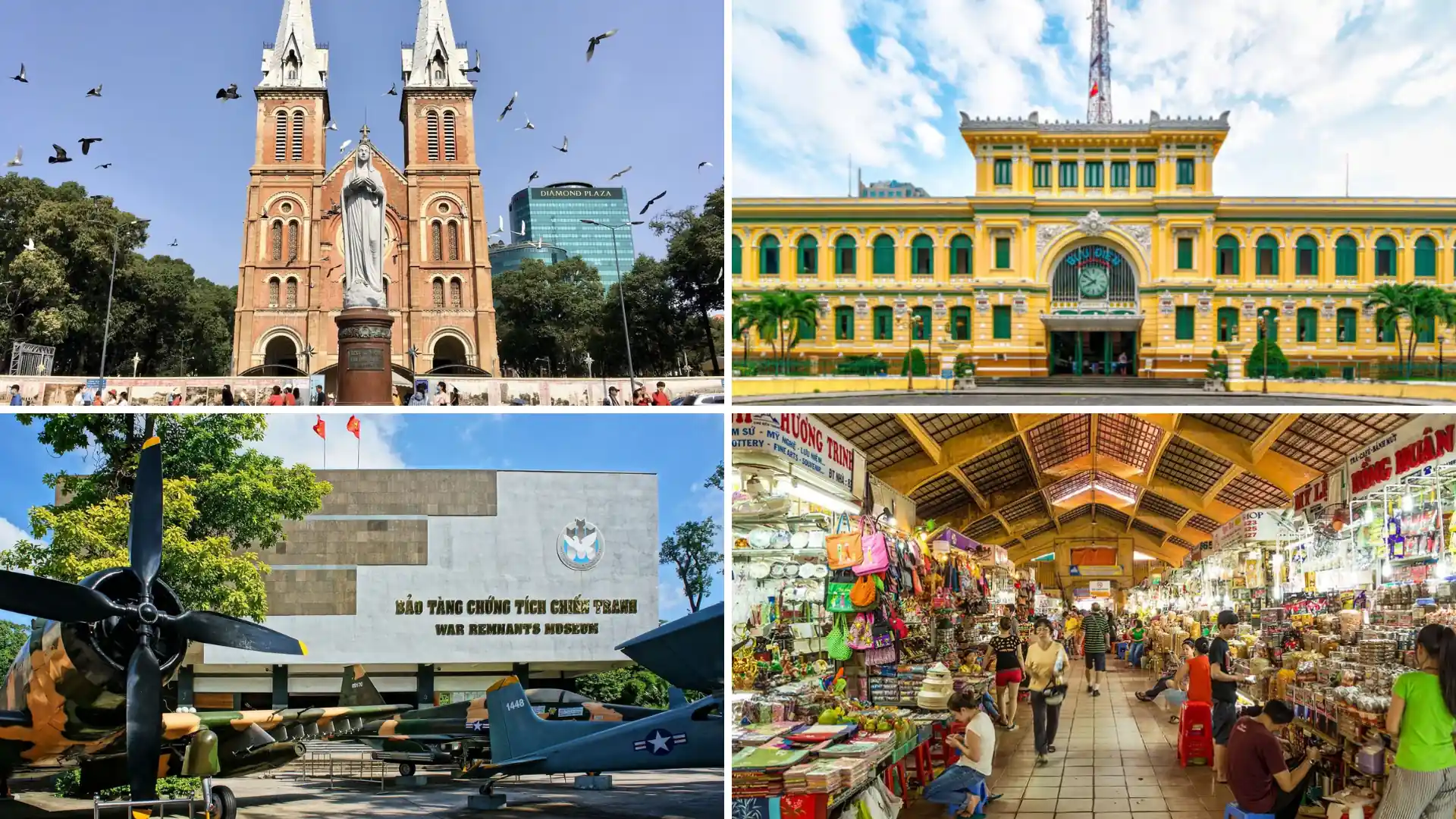
Recommended Full-Day Combination Ideas
Complete HCMC War History:
- Morning: Cu Chi Tunnels Tour (half-day tour)
- Afternoon: Reunification Palace + War Remnants Museum
- Provides a comprehensive Vietnam War experience from rural guerrilla sites to urban political centers
District 1 Walking Tour:
- Morning: Reunification Palace
- Late morning: Notre-Dame Cathedral & Post Office
- Lunch: Local Vietnamese restaurant
- Afternoon: War Remnants Museum
- Late afternoon: Ben Thanh Market
- Evening: Nguyen Hue Walking Street
Where to Eat Nearby Reunification Palace Saigon
Quick Lunch Options (5-10 Minute Walk)
Budget-Friendly (50,000-100,000 VND):
- Pho 2000: Famous pho shop where Bill Clinton dined, excellent Vietnamese noodle soup
- Banh Mi Huynh Hoa: Best banh mi in HCMC, expect queues but worth it
- Street Food Vendors: Around the palace area, serving authentic local snacks
Mid-Range (150,000-300,000 VND):
- Propaganda Bistro: Modern Vietnamese fusion with propaganda art decor, air-conditioned comfort
- Hum Vegetarian: Excellent vegetarian Vietnamese in a contemporary setting
- Quan An Ngon: Traditional Vietnamese in a charming courtyard
Upscale (300,000-500,000 VND):
- The Refinery: French-Vietnamese cuisine in an atmospheric former opium refinery
- Xu Restaurant Lounge: Modern Vietnamese fine dining
Coffee & Rest Stops
- The Workshop: Specialty coffee, multiple locations, excellent for post-visit reflection
- L’Usine: Trendy cafe with boutique, popular with expats
- Highland Coffee: Reliable Vietnamese chain with good local coffee styles
- Book Street Cafes: Various options with pleasant outdoor seating
Other Mekong Delta Tours from Ho Chi Minh City
Get your Own Advisor and Book Your Authentic Mekong Delta Tour
Get your free personalized Mekong itinerary - Leave your info and our local expert will respond within 5 minutes to help you design your most authentic trip:
Frequently Asked Questions (FAQs)
How long does visiting Reunification Palace take?
Most visitors spend 1.5-2 hours for a comprehensive experience. Quick visits covering main highlights take 45-60 minutes, while history enthusiasts may spend 2.5-3 hours exploring thoroughly.
Is the Reunification Palace worth visiting?
Absolutely. It’s one of Ho Chi Minh City’s most significant historical sites offering authentic preserved history (not recreated). At only 40,000 VND (~$1.70), it’s exceptional value and provides genuine insight into Vietnam’s pivotal moments.
What’s the difference between the Reunification Palace and the Independence Palace?
They’re the same location with different names reflecting different historical periods. “Independence Palace” was the name during South Vietnam (1962-1975), while “Reunification Palace” became official after 1975. Both names are correct and commonly used.
Can I take photos inside the Reunification Palace?
Yes, photography is generally permitted throughout the palace. Flash may be restricted in some areas. Professional equipment like tripods may require special permission. Always respect posted restrictions.
Do I need a tour guide to visit the Reunification Palace?
Not essential, but helpful for first-time visitors. Self-guided exploration works well, especially with an audio guide (50,000 VND). Human guides provide the most comprehensive experience with interactive Q&A and personal stories.
What’s the best time to visit the Reunification Palace?
Arrive at 7:30 AM opening for the best experience – cooler temperatures, fewer crowds, better photography lighting. Avoid 10:00-11:00 AM (busiest) and don’t arrive during 11:00 AM-1:00 PM closure.
How do I get to the Reunification Palace from my hotel?
From District 1, walk (10-20 minutes) or use Grab (20,000-50,000 VND). From the airport, take taxi or Grab (120,000-180,000 VND, 20-30 minutes). Address: 135 Nam Kỳ Khởi Nghĩa Street, District 1.
Can I visit the Reunification Palace during Vietnamese holidays?
The palace may close on major holidays including Tết (Lunar New Year), April 30 (Reunification Day), and May 1. Check ahead if visiting during Vietnamese public holidays to avoid disappointment.
What are the must-see highlights in the Reunification Palace?
Don’t miss Tank 843, the Cabinet Room (surrender location), Presidential Office with period phones, and especially the basement war command center with vintage military equipment – many consider this the most fascinating area.






